Содержание
- 2. KEY DEFINITIONS Mechanics - part of physics that studies the laws of mechanical motion and causes
- 3. TYPES OF MECHANICS Classical Mechanics (Galiley- Newton) Learning the laws of motion macroscopic bodies, which velocities
- 4. KINEMATICS, DYNAMICS, STATICS Kinematics (from the Greek word kinema - motion) - the section of mechanics
- 5. KINEMATICS, DYNAMICS, STATICS Statics (from the Greek statike - balance) is studying the conditions of equilibrium
- 6. MODELS IN MECHANICS Material - body size, shape and point of the internal structure which in
- 7. SYSTEM AND BODY OF THE COUNTDOWN Every motion is relative, so it is necessary to describe
- 8. REFERENCE SYSTEM Reference system - a set of coordinates and hours related to the body with
- 9. KINEMATICS OF A MATERIAL POINT The position of point A in the space can be defined
- 10. DISPLACEMENT, PATH When moving the point A from point 1 to point 2 of its radius
- 11. VELOCITY The average velocity vector is defined as the ratio of the displacement vector by the
- 12. INSTANTANEOUS SPEED When Δt =0 Δ - an infinitely small part of trajectory ΔS = Δr
- 13. INSTANTANEOUS SPEED
- 14. ACCELERATION. THE NORMAL AND TANGENTIAL ACCELERATION In the case of an arbitrary speed does not remain
- 15. ACCELERATION We introduce the unit vector associated with point 1, and directed at a tangent to
- 16. ACCELERATION We find the overall acceleration (a derivative)
- 17. TANGENTIAL AND NORMAL ACCELERATION
- 18. KINEMATICS OF ROTATIONAL MOTION The motion of a rigid body in which the two points O
- 19. ANGULAR VELOCITY It is the vector angular velocity is numerically equal to the first derivative of
- 20. CONTACT THE LINEAR AND ANGULAR VELOCITY Let - linear velocity of the point M. During the
- 21. THE CONCEPTS OF ROTATIONAL MOTION Period T - period of time during which the body makes
- 22. ANGULAR ACCELERATION We express the normal and tangential acceleration of M through the angular velocity and
- 23. THE CONNECTION BETWEEN THE LINEAR AND ANGULAR VALUES THE ROTATIONAL MOVEMENT:
- 24. THE CONNECTION BETWEEN THE LINEAR AND ANGULAR VALUES THE ROTATIONAL MOVEMENT:
- 25. DYNAMICS Dynamics (from the Greek dynamis - force) is studying the motion of bodies in connection
- 26. NEWTON'S FIRST LAW. INERTIAL SYSTEMS The so-called classical or Newtonian mechanics are three laws of dynamics,
- 27. NEWTON'S FIRST LAW Еvery material point stores the state of rest or uniform rectilinear motion until
- 28. NEWTON'S FIRST LAW Both of these states are similar in that the acceleration body is zero.
- 29. NEWTON'S FIRST LAW The desire to preserve the body state of rest or uniform rectilinear motion
- 30. INERTIA Inertial frame of reference is such a frame of reference with respect to which a
- 31. THE MASS AND MOMENTUM OF THE BODY Exposure to this body by other bodies causes a
- 32. THE MASS AND MOMENTUM OF THE BODY Mass - the value of the additive (body weight
- 33. THE MASS AND MOMENTUM OF THE BODY Experience shows that the speeds have the opposite directions
- 34. THE MASS AND MOMENTUM OF THE BODY Taking into account the direction of the velocity, we
- 35. MOMENTUM OF THE BODY
- 36. NEWTON'S SECOND LAW the rate of change of momentum of a body is equal to the
- 37. NEWTON'S THIRD LAW Interacting bodies act on each other with the same magnitude but opposite in
- 38. EVERY ACTION CAUSES AN EQUAL LARGEST OPPOSITION
- 39. THE LAW OF CONSERVATION OF MOMENTUM The mechanical system is called a closed (or isolated), if
- 40. THE LAW OF CONSERVATION OF MOMENTUM In all the processes occurring in closed systems, the speed
- 41. GRAVITY AND THE WEIGHT One of the fundamental forces - gravity force is manifested on Earth
- 42. GRAVITY AND THE WEIGHT If the body is hung or put it on a support, the
- 43. FRICTIONAL FORCES Friction is divided into external and internal. External friction occurs when the relative movement
- 44. FRICTIONAL FORCES Frictional forces - tangential forces arising in the contact surfaces of bodies and prevent
- 45. FRICTIONAL FORCES
- 46. INCLINED PLANE
- 47. ENERGY. WORK. CONSERVATION LAWS
- 48. POTENTIAL ENERGY If the system of material bodies are conservative forces, it is possible to introduce
- 49. THE FORMULA FOR THE POTENTIAL ENERGY
- 50. KINETIC ENERGY The function of the system status, which is determined only by the speed of
- 51. UNITS OF ENERGY MEASUREMENT Energy is measured in SI units in the force works on the
- 52. CONTACT OF THE KINETIC ENERGY WITH MOMENTUM P.
- 53. CONTACT OF THE KINETIC ENERGY WITH THE WORK. If a constant force acts on the body,
- 54. CONTACT OF THE KINETIC ENERGY WITH THE WORK. Consequently, the work of the force applied to
- 55. POWER The rate of doing work (energy transfer) is called power. Power has the work done
- 56. CONSERVATIVE AND NON-CONSERVATIVE FORCES Also contact interactions observed interaction between bodies, distant from each other. This
- 57. CONSERVATIVE AND NON-CONSERVATIVE FORCES Force, whose work does not depend on the way in which the
- 58. CONSERVATIVE AND NON-CONSERVATIVE FORCES Conservative forces: gravity, electrostatic forces, the forces of the central stationary field.
- 59. THE RELATIONSHIP BETWEEN POTENTIAL ENERGY AND FORCE The space in which there are conservative forces, called
- 60. THE LAW OF CONSERVATION OF MECHANICAL ENERGY The law of conservation brings together the results we
- 61. THE LAW OF CONSERVATION OF MECHANICAL ENERGY For a conservative system of particles the total energy
- 62. FOR A CLOSED SYSTEM the total mechanical energy of a closed system of material points between
- 63. COLLISIONS
- 64. ABSOLUTELY ELASTIC CENTRAL COLLISION With absolutely elastic collision - this is a blow, in which there
- 65. INELASTIC COLLISION Inelastic collision - a collision of two bodies, in which the body together and
- 66. DYNAMICS OF ROTATIONAL MOTION OF THE SOLID BODY
- 67. DYNAMICS OF ROTATIONAL MOTION OF A SOLID BODY RELATIVED TO THE AXIS
- 68. MOMENT OF INERTIA
- 69. THE MAIN BODY DYNAMICS EQUATION OF ROTATING AROUND A FIXED AXIS
- 70. AUXILIARY EQUATIONS
- 71. STEINER'S THEOREM Moment of inertia with respect to any axis of rotation is equal to the
- 72. THE KINETIC ENERGY OF A ROTATING BODY The kinetic energy - the value of the additive,
- 73. TRANSLATION AND ROTATIONAL MOTION The total kinetic energy of the body:
- 74. RELATIVISTIC MECHANICS .
- 75. GALILEO'S PRINCIPLE OF RELATIVITY. In describing the mechanics was assumed that all the velocity of the
- 76. GALILEAN TRANSFORMATION According to classical mechanics: mechanical phenomena occur equally in the two reference frames moving
- 77. GALILEAN TRANSFORMATION
- 78. INTERVAL OF THE SPACE
- 79. GALILEAN TRANSFORMATION Moments of time in different reference frames coincide up to a constant value determined
- 80. GALILEO'S PRINCIPLE OF RELATIVITY. The laws of nature that determine the change in the state of
- 81. EINSTEIN'S PRINCIPLE OF RELATIVITY In 1905 in the journal "Annals of Physics" was published a famous
- 82. TWO OF EINSTEIN'S POSTULATE
- 83. TWO OF EINSTEIN'S POSTULATE 1. All laws of nature are the same in all inertial reference
- 84. LORENTZ TRANSFORMATIONS Formula conversion in the transition from one inertial system to another, taking into account
- 85. LORENTZ TRANSFORMATIONS Lorenz established a link between the coordinates and time of the event in the
- 86. LORENTZ TRANSFORMATIONS
- 87. FOURTH DIMENSION The true physical meaning of Lorentz transformations was first established in 1905 by Einstein
- 88. FOURTH DIMENSION
- 89. FOURTH DIMENSION At low speeds or, at infinite speed bye-injury theory of long-range interactions), the Lorentz
- 90. CONCLUSIONS OF THE LORENTZ TRANSFORMATIONS 1)Lorentz transformations demonstrate the inextricable link spatial and temporal properties of
- 91. LORENTZ CONTRACTION LENGTH ( LENGTH OF BODIES IN DIFFERENT FRAMES OF REFERENCE) moving body length shorter
- 92. SLOWING DOWN TIME (DURATION OF THE EVENT IN DIFFERENT FRAMES OF REFERENCE) The proper time -
- 93. MASS, MOMENTUM AND ENERGY IN RELATIVISTIC MECHANICS
- 94. THE RELATIVISTIC INCREASE IN MASS OF THE PARTICLES OF MATTER
- 95. THE RELATIVISTIC EXPRESSION FOR MOMENTUM
- 96. THE RELATIVISTIC EXPRESSION FOR THE ENERGY
- 97. MOLECULAR-KINETIC THEORY
- 98. THE EFFECT OF STEAM Jet Propulsion ball mounted on a tubular racks, by the reaction provided
- 99. BASIC CONCEPTS AND DEFINITIONS OF MOLECULAR PHYSICS AND THERMODYNAMICS The set of bodies making up the
- 100. BASIC CONCEPTS AND DEFINITIONS OF MOLECULAR PHYSICS AND THERMODYNAMICS Any parameter having a certain value for
- 101. BASIC CONCEPTS AND DEFINITIONS OF MOLECULAR PHYSICS AND THERMODYNAMICS The process - the transition from one
- 102. THE ATOMIC WEIGHT OF CHEMICAL ELEMENTS (ATOMIC WEIGHT) A
- 103. THE MOLECULAR WEIGHT (MW) From here you can find a lot of atoms and molecules in
- 104. DEFINITIONS In thermodynamics, the widely used concept of k-mol, mole, Avogadro's number and the number of
- 105. NUMBER OF AVOGADRO In 1811 Avogadro suggested that the number of particles per kmol of any
- 106. NUMBER OF LOSCHMIDT At the same temperatures and pressures of all the gases contained in a
- 107. PRESSURE. THE BASIC EQUATION OF MOLECULAR-KINETIC THEORY gas pressure - there consequence of the collision gas
- 108. PRESSURE
- 109. THE BASIC EQUATION OF MOLECULAR-KINETIC THEORY OF GASES. Gas pressure is determined by the average kinetic
- 110. TEMPERATURE R - universal gas constant
- 111. THE BASIC EQUATION OF MOLECULAR-KINETIC THEORY-2
- 112. THE PROBABILITY OF THE EVENT. THE CONCEPT OF THE DISTRIBUTION OF THE VELOCITY OF THE GAS
- 113. THE PROBABILITY OF THE EVENT. THE CONCEPT OF THE DISTRIBUTION OF THE VELOCITY OF THE GAS
- 114. MAXWELL DISTRIBUTION FUNCTION Suppose there are n identical molecules in a state of random thermal motion
- 115. MAXWELL DISTRIBUTION FUNCTION
- 116. THE DISTRIBUTION FUNCTION OF THE VELOCITY function indicates the share of single molecules of gas volume,
- 117. THE BAROMETRIC FORMULA The atmospheric pressure at a height h due to the weight of the
- 118. FIRST LAW OF THERMODYNAMICS
- 119. FIRST LAW OF THERMODYNAMICS The amount of heat imparted to the body, goes to increase the
- 120. FIRST LAW OF THERMODYNAMICS the change in internal energy of a body is equal to the
- 121. APPLICATION OF THE FIRST LAW OF THERMODYNAMICS TO IZOPROCESSES OF IDEAL GASES Izo - processes in
- 122. ISOTHERMAL PROCESS isothermal expansion Conditions of flow ΔU= 0
- 123. ISOTHERMAL PROCESS Isothermal compression Conditions of flow =0 ΔU
- 124. ISOCHORIC HEATING
- 125. ISOCHORIC COOLING
- 126. ISOBAR EXTENSION AND COMPRESSION Homework
- 127. ADIABATIC PROCESS Adiabatic process - a process in which a heat exchange with the environment. In
- 128. HOMEWORK Laws of processes
- 129. ENTROPY Entropy S - is the ratio of received-term or transferred heat to the tempera-D, in
- 130. FOR REVERSIBLE PROCESSES, ENTROPY CHANGE: This expression is called the Clausius equality.
- 131. THE SECOND LAW OF THERMODYNAMICS It can not process the only result of which is the
- 132. THERMAL MACHINES Circular process, or cycle, called such a process, in which the thermodynamic body returns
- 133. CIRCULAR PROCESS Cycle perpetrated an ideal gas can be divided into processes: extensions (1 - 2)
- 134. CIRCULAR PROCESS Circular processes underlie all heat engines: internal combustion engines, steam and gas turbines, steam
- 135. CIRCULAR PROCESS The process is called reversible If it proceeds in such a way that after
- 136. CIRCULAR PROCESS The process is called irreversible, if it takes place, so that after the end
- 137. HEAT ENGINES Heat machine called a batch engine to do work on account of the resulting
- 138. AN IDEAL HEAT ENGINE The greatest efficiency of the heater at predetermined temperatures T1 and T2
- 139. CARNOT CYCLE
- 140. CARNOT CYCLE Cycle, Carnot studied, is the most economical and is a cyclic process consisting of
- 141. EFFICIENCY CARNOT MACHINE
- 142. REAL GASES
- 143. REAL GASES Equation Mendeleev - Clapeyron - the simplest, most reliable and well-known equation of state
- 144. REAL GASES The First Amendment to the ideal gas equation of state is considering its own
- 145. REAL GASES As the temperature decreases the intermolecular interaction in real gases leads to condensation (fluid
- 146. VAN DER WAALS EQUATION Van der Waals gave a functional interpretation of the internal pressure. According
- 147. VAN DER WAALS EQUATION With these considerations in mind an ideal gas equation of state is
- 148. REAL GASES Real gases - gases whose properties depend on the molecular interaction. Under normal conditions,
- 149. VAN DER WAALS FORCE Van der Waals to explain the properties of real gases and liquids,
- 150. VAN DER WAALS FORCE Intermolecular interactions-tion are electrical in nature and consist of attractive forces (orientation,
- 151. THE INTERNAL ENERGY OF THE GAS VAN DER WAALS The energy of one mole of a
- 152. VAN DER WAALS FORCE The principal value of the van der Waals equation is determined by
- 153. VAN DER WAALS FORCE 2) The equation for a long time regarded as a general form
- 154. JOULE-THOMSON EFFECT If the ideal gas adiabatically expands and performs work at the same time, then
- 155. JOULE-THOMSON EFFECT Joule-Thomson effect is to change the temperature of the gas as a result of
- 156. JOULE-THOMSON EFFECT Joule-Thomson effect indicates the presence of gas in the intermolecular forces. Gas performs external
- 157. LIQUEFACTION OF GASES The conversion of any gas in the liquid - gas liquefaction - is
- 158. LIQUEFACTION OF GASES 1 - cylinder compressor; 2 - cooling fins; 3 - regenerator; 4 -
- 159. LIQUEFACTION OF GASES
- 160. ELECTRICITY
- 161. NATURE The first known manifestations of "animal electricity" were discharges of electric fishes. The electric catfish
- 162. HISTORY In the years 1746-54. Franklin explained the action of the Leyden jar, built the first
- 163. HISTORY The Leiden Bank was invented in 1745 by an independent Dutch professor Peter Van Mushenbrock
- 164. ELECTRIC CHARGE Electric charges do not exist by themselves, but are internal properties of elementary particles
- 165. LAW OF CONSERVATION OF CHARGE The law of conservation of charge is one of the fundamental
- 166. ELECTRIC CHARGE Electrostatics is a section that studies static (immobile) charges and associated electric fields.
- 167. LAWS
- 168. THE COULOMB LAW A great contribution to the study of phenomena of electrostatics was made by
- 169. INTERACTION OF ELECTRIC CHARGES IN A VACUUM. A point charge (q) is a charged body whose
- 170. THE COULOMB LAW The force of interaction of point charges in a vacuum is proportional to
- 171. COEFFICIENT Where ε0 is the electric constant; 4p here express the spherical symmetry of Coulomb's law.
- 172. ELECTROSTATIC FIELD STRENGTH Around the charge there is always an electric field, the main property of
- 173. ELECTROSTATIC FIELD STRENGTH The force characteristic of the field created by the charge q is the
- 174. FIELD LINES OF ELECTROSTATIC FIELD The Ostrogradsky-Gauss theorem, which we shall prove and discuss later, establishes
- 175. LINES OF FORCE Lines of force are lines tangent to which at any point of the
- 176. THE OSTROGRADSKY-GAUSS THEOREM So, by definition, the flux of the electric field strength vector is equal
- 177. THE OSTROGRADSKY-GAUSS THEOREM The flux of the electric field strength vector through a closed surface in
- 178. POTENTIAL The work of electrostatic forces does not depend on the shape of the path, but
- 179. POTENTIAL DIFFERENCE From this expression it follows that the potential is numerically equal to the potential
- 180. DIELECTRICS IN THE ELECTROSTATIC FIELD In an ideal dielectric, free charges, that is, capable of moving
- 181. DIELECTRICS IN THE ELECTROSTATIC FIELD The displacement of electrical charges of a substance under the action
- 182. DIELECTRICS IN THE ELECTROSTATIC FIELD Inside the dielectric, the electric charges of the dipoles cancel each
- 183. DIFFERENT KINDS OF DIELECTRICS In 1920, spontaneous (spontaneous) polarization was discovered. The whole group of substances
- 184. DIFFERENT KINDS OF DIELECTRICS Among dielectrics, there are substances called electret-dielectrics, which preserve the polarized state
- 185. DIFFERENT KINDS OF DIELECTRICS Some dielectrics are polarized not only under the action of the electric
- 186. DIFFERENT KINDS OF DIELECTRICS Pyroelectricity - the appearance of electrical charges on the surface of some
- 187. ELECTRIC CURRENT IN GASES. GAS DISCHARGES AND THEIR APPLICATIONS
- 188. THE PHENOMENON OF IONIZATION AND RECOMBINATION IN GASES The ionization process consists in the fact that
- 189. SELF-CONTAINED GAS DISCHARGE An independent discharge is a gas discharge in which the current carriers arise
- 190. SELF-CONTAINED GAS DISCHARGE When the interelectrode gap is covered by a completely conducting gas-discharge plasma, its
- 191. CONDITIONS FOR THE FORMATION AND MAINTENANCE OF AN INDEPENDENT GAS DISCHARGE
- 192. TYPES OF CHARGE Depending on gas pressure, electrode configuration and external circuit parameters, there are four
- 193. GLOWING CHARGE he glow charge occurs at low pressures (in vacuum tubes). It can be observed
- 194. SPARK CHARGE The spark charge arises in the gas, usually at pressures on the order of
- 195. ARC CHARGE If, after obtaining a spark charge from a powerful source, gradually reduce the distance
- 196. CORONA DISCHARGE Corona discharge occurs in a strong non-uniform electric field at relatively high gas pressures
- 197. APPLICATION OF GAS CHARGE Gas discharge devices are very diverse, and differ in the type of
- 198. ELECTRON EMISSION FROM CONDUCTORS The electron is free only within the boundaries of the metal. As
- 199. ELECTRON EMISSION FROM CONDUCTORS An electron cloud is formed near the surface, and a double electric
- 200. THERMIONIC EMISSION The magnitude of the work function depends on the chemical nature of the substance,
- 201. COLD AND EXPLOSIVE EMISSION Electronic emission caused by the action of electric field forces on free
- 202. AUTO-ELECTRON EMISSION The field emission can be observed in a well-evacuated vacuum tube, with the cathode
- 203. AUTO-ELECTRON EMISSION The electric field strength on the surface of the tip with a radius of
- 204. MAGNETISM
- 205. MAGNETIC INTERACTIONS A magnetic field arises in the space surrounding magnetized bodies. A small magnetic needle
- 206. WHEN THE MAGNETIC NEEDLE DEVIATES FROM THE DIRECTION OF THE MAGNETIC FIELD, THE ARROW ACTS MECHANICAL
- 207. THE DIFFERENCE BETWEEN PERMANENT MAGNETS AND ELECTRIC DIPOLES IS AS FOLLOWS: An electric dipole always consists
- 208. DISCOVERY OF OERSTED When placing a magnetic needle in the immediate vicinity of a conductor with
- 209. MAGNETIC INDUCTION force characteristic of the magnetic field, it can be represented using magnetic field lines.
- 210. BIO – SAVARD – LAPLACE-AMPER LAW In 1820, French physicists Jean Baptiste Biot and Felix Savard
- 211. BIO – SAVARD – LAPLACE-AMPER LAW
- 212. BIO – SAVARD – LAPLACE-AMPER LAW Here: I - current; - vector coinciding with the elementary
- 213. FIELD CONDUCTOR ELEMENT WITH CURRENT
- 214. THE BIO – SAVARD – LAPLACE LAW FOR VACUUM CAN BE WRITTEN AS FOLLOWS. magnetic constant.
- 215. MAGNETIC FIELD STRENGTH The magnetic field is one of the forms of manifestation of the electromagnetic
- 216. A MAGNETIC FIELD The magnetic field is created by conductors with current, moving electric charged particles
- 217. GAUSS THEOREM FOR MAGNETIC INDUCTION VECTOR
- 218. ACCELERATOR CLASSIFICATION Accelerators of charged particles are devices in which beams of high-energy charged particles (electrons,
- 219. ANY ACCELERATOR IS CHARACTERIZED BY: type of accelerated particles dispersion of particles by energies, beam intensity.
- 220. ANY ACCELERATOR IS CHARACTERIZED BY According to the shape of the trajectory and the acceleration mechanism
- 221. CYCLIC BOOSTERS A cyclotron is a cyclic resonant accelerator of heavy particles (protons, ions).
- 222. MICROTRON electronic cyclotron) is a cyclic resonant accelerator in which, as in the cyclotron, both the
- 223. PHASOTRON (synchrocyclotron) - cyclic resonant accelerator of heavy charged particles (for example, protons, ions, α-particles), the
- 226. FORCES ACTING ON MOVING CHARGES IN A MAGNETIC FIELD
- 227. AMPERE'S LAW two conductors with current interact with each other with force:
- 228. THE MODULE OF THE FORCE ACTING ON THE CONDUCTOR
- 229. WORK OF AMPER FORCE
- 230. THE RULE OF LEFT HAND
- 231. INTERACTION OF INFINITELY SMALL ELEMENTS DL1, DL2 PARALLEL CURRENTS I1 AND I2: the currents flowing in
- 232. THE IMPACT OF THE MAGNETIC FIELD ON THE FRAME WITH CURRENT The frame with current I
- 233. THE IMPACT OF THE MAGNETIC FIELD ON THE FRAME WITH CURRENT
- 234. MOMENTUM
- 235. MAGNETIC INDUCTION
- 236. MAGNETIC UNITS Ampere's law is used to establish the unit of current strength - amperes.
- 237. UNITS OF MAGNETIC INDUCTION
- 238. I COULD BRING DOWN BROOKLYN BRIDGE IN AN HOUR
- 239. TABLE OF THE MAIN CHARACTERISTICS OF THE MAGNETIC FIELD
- 240. LORENZ FORCE
- 241. LORENZ FORCE
- 242. LORENZ FORCE
- 243. OFTEN THE LORENTZ FORCE IS THE SUM OF THE ELECTRIC AND MAGNETIC FORCES:
- 244. LORENTZ FORCE
- 245. REFERENCE Lorenz force: The total force acting on a charge in an electromagnetic field is F
- 246. SELF-INDUCTION PHENOMENON So far, we have considered changing magnetic fields without paying attention to what is
- 247. SELF-INDUCTION PHENOMENON The induced emf arising in the circuit itself is called self-induced emf, and the
- 248. SELF-INDUCTION PHENOMENON The current I flowing in any circuit creates a magnetic flux Ψ that penetrates
- 249. The inductance of such a circuit is taken as the unit of inductance in the SI,
- 250. SOLENOID INDUCTANCE
- 251. WHEN THE CURRENT IN THE CIRCUIT CHANGES, AN EMF OF SELF-INDUCTION ARISES IN IT, EQUAL TO
- 252. THE MINUS SIGN IN THIS FORMULA IS DUE TO THE LENZ RULE.
- 253. TRANSFORMER INDUCTANCE The phenomenon of mutual induction is used in widespread devices - transformers. The transformer
- 254. TRANSFORMER INDUCTANCE
- 255. HEN THE VARIABLE EMF IN THE PRIMARY WINDING
- 256. TRANSFORMATION RATIO
- 257. ENERGY AND WORK
- 258. DIAMAGNETS AND PARAMAGNETIC IN A MAGNETIC FIELD. The microscopic density of currents in a magnetized substance
- 259. DIAMAGNETS AND PARAMAGNETIC IN A MAGNETIC FIELD.
- 260. DIAMAGNETISM the property of substances to be magnetized towards an applied magnetic field. Diamagnetic materials are
- 261. PARAMAGNETISM the property of substances in an external magnetic field is magnetized in the direction of
- 262. PARAMAGNETICS
- 264. Скачать презентацию













































































































































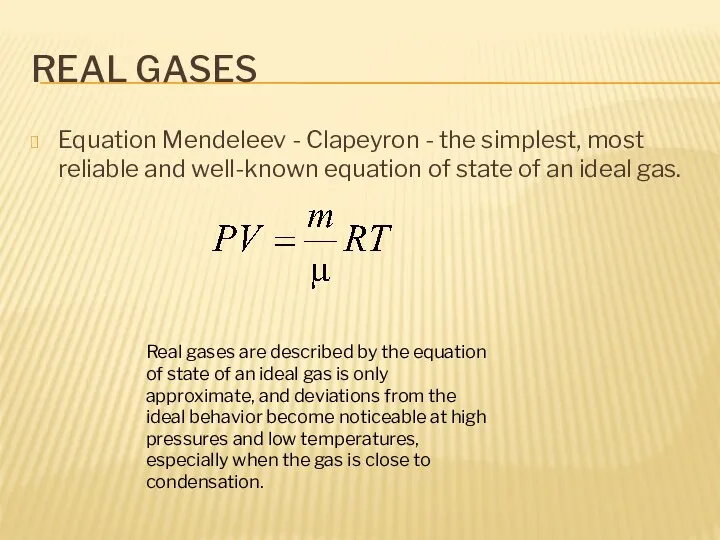
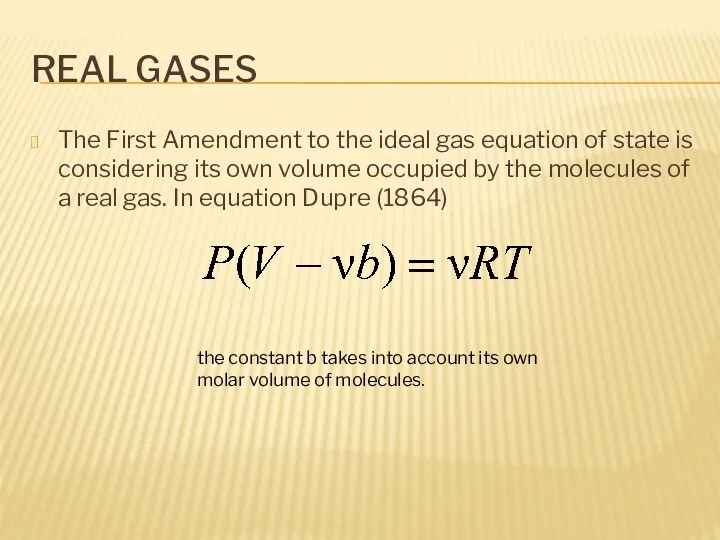

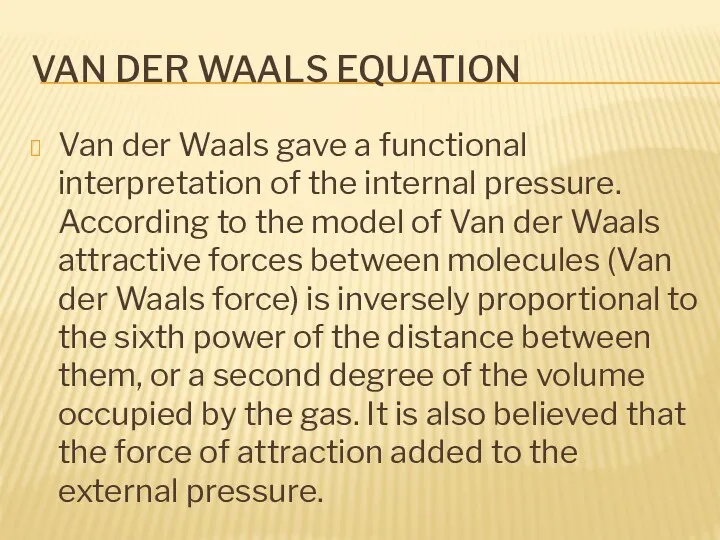
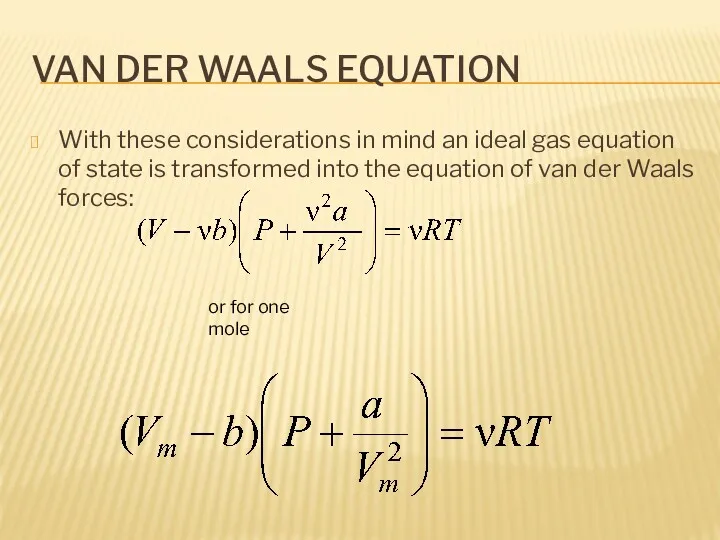
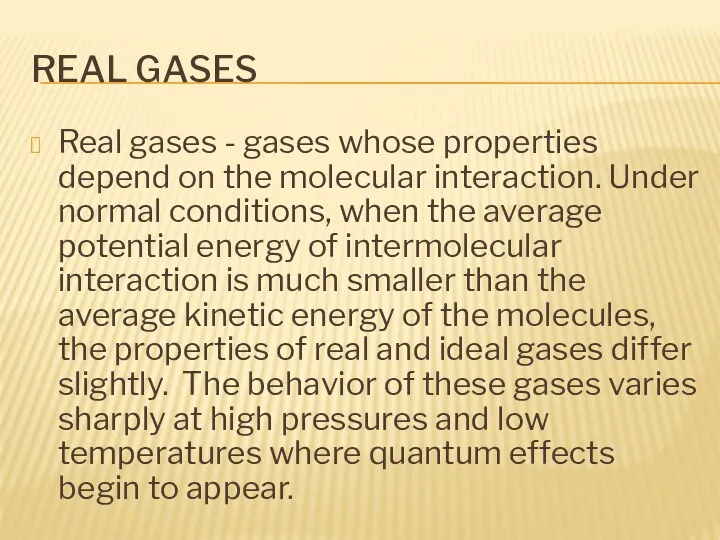
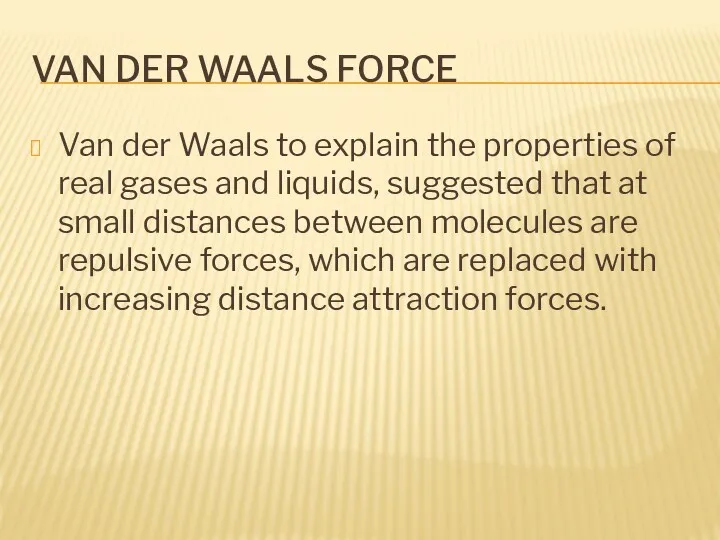
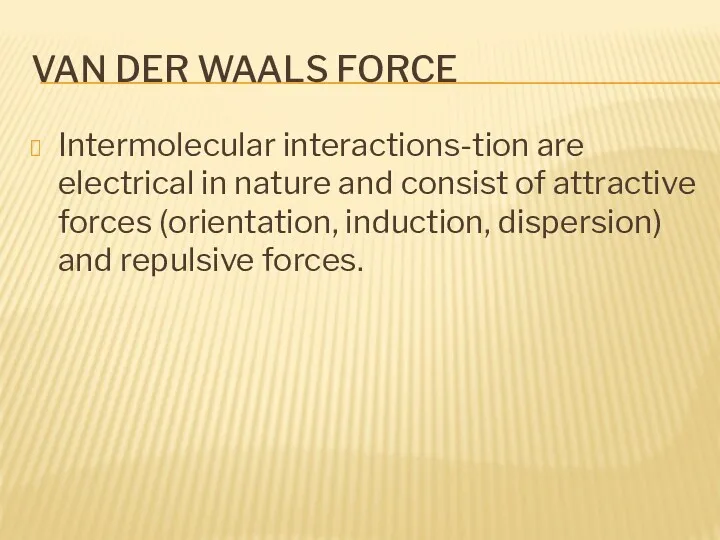
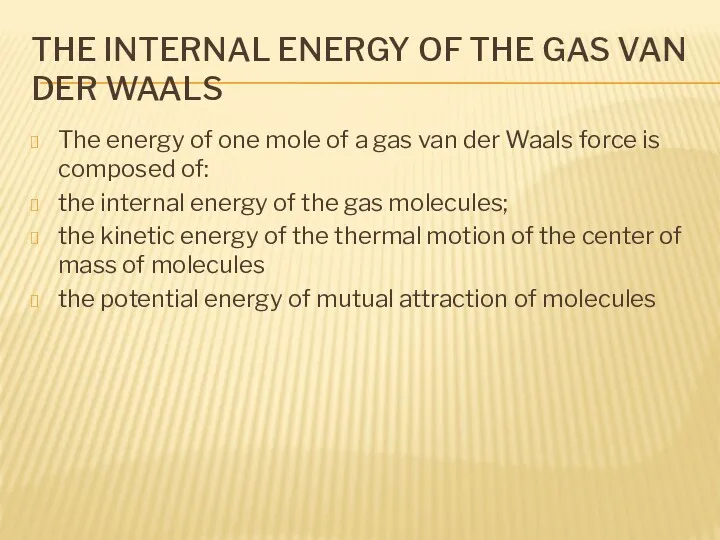
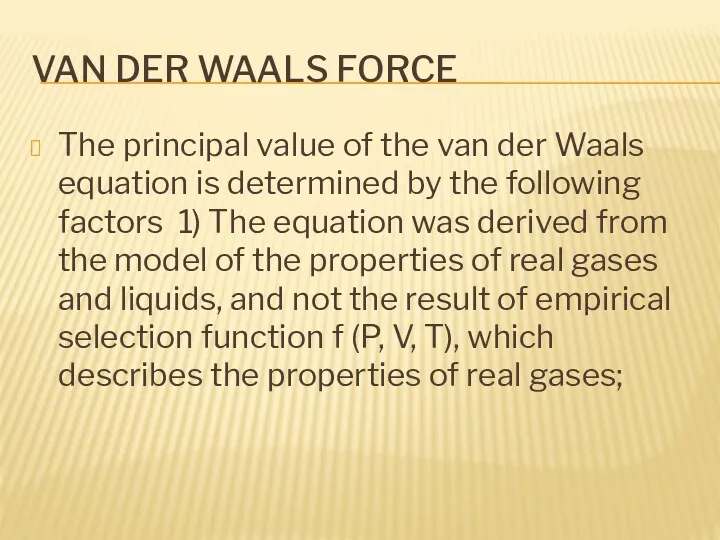
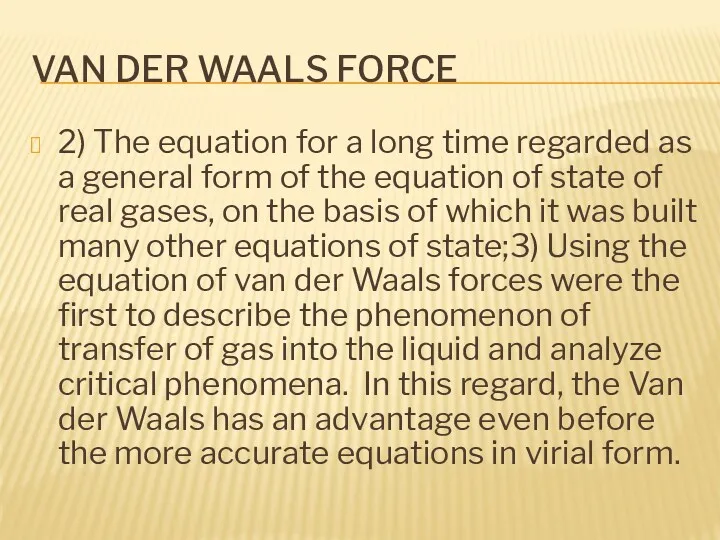
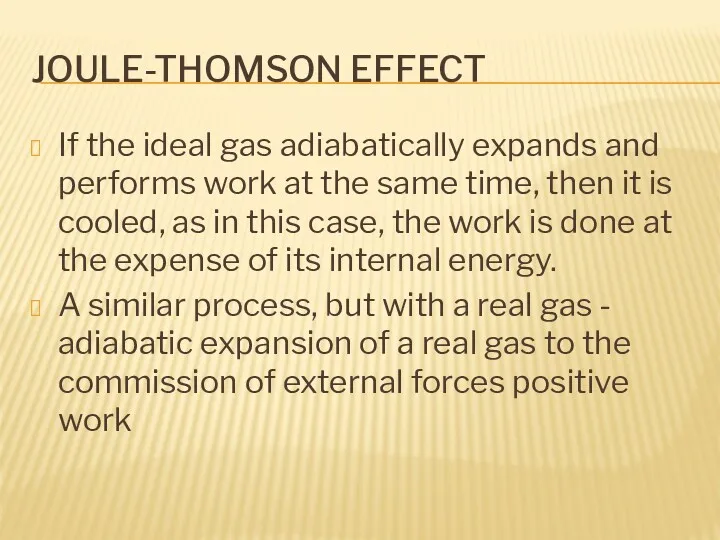
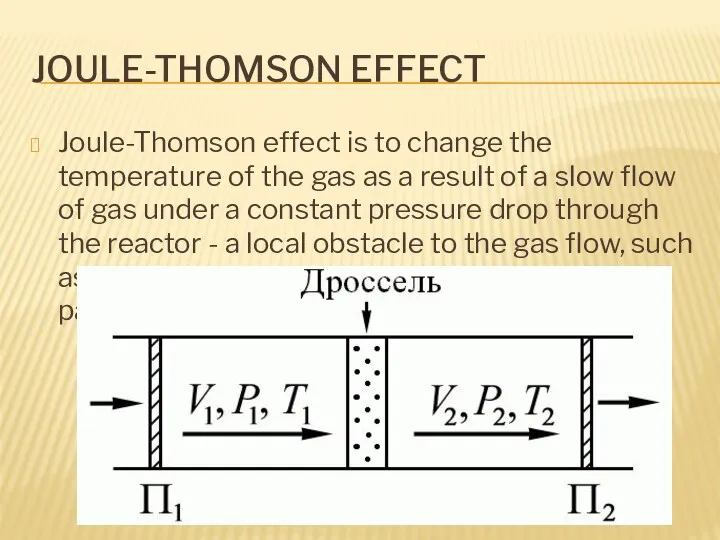
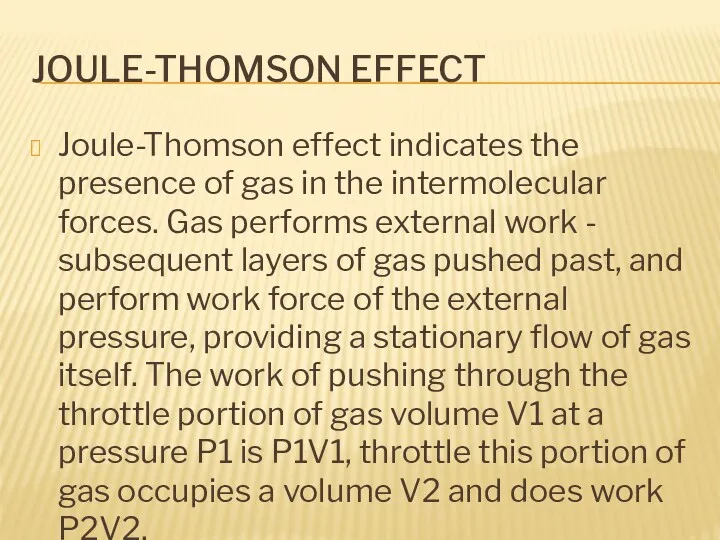

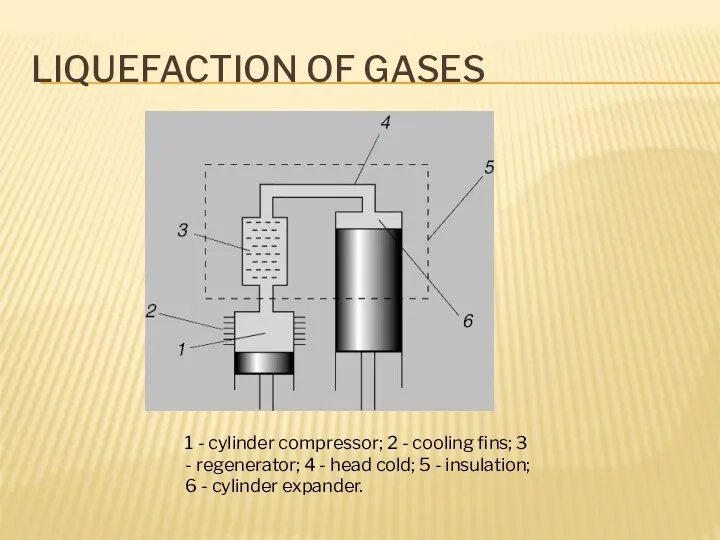
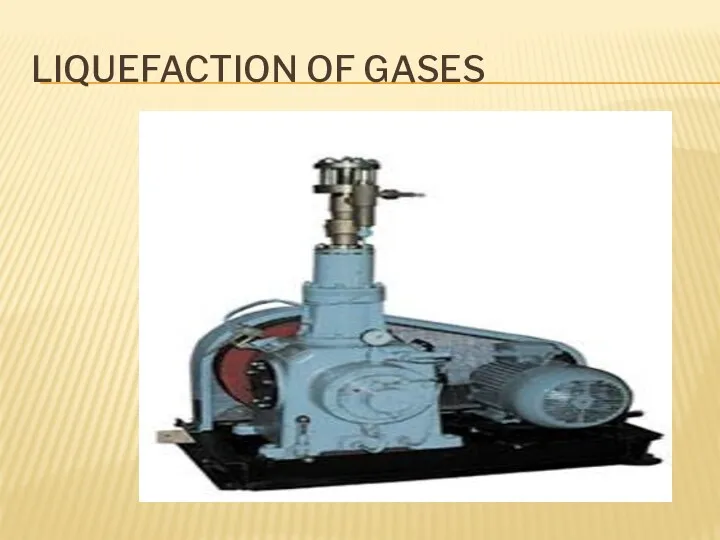


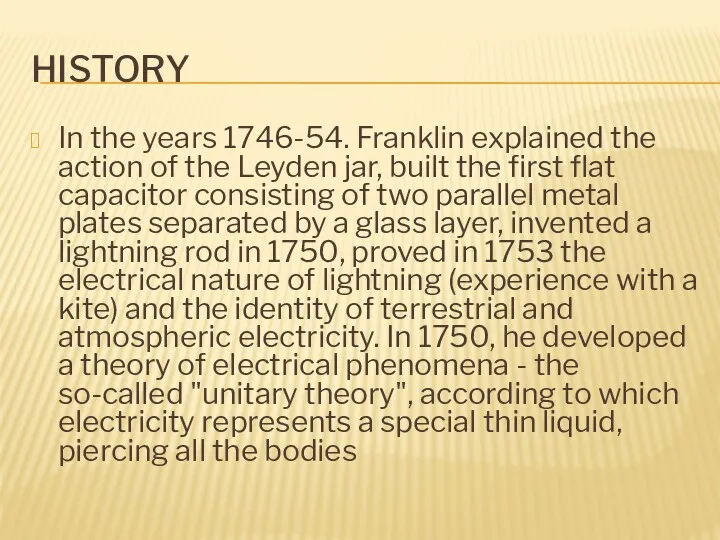
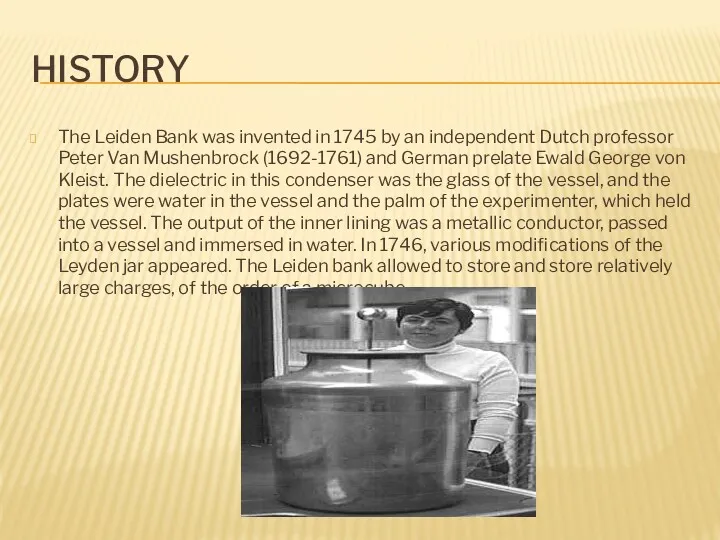
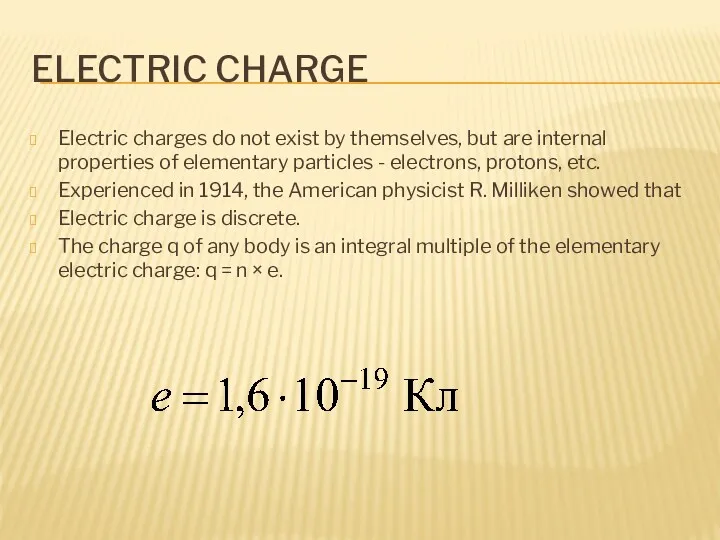
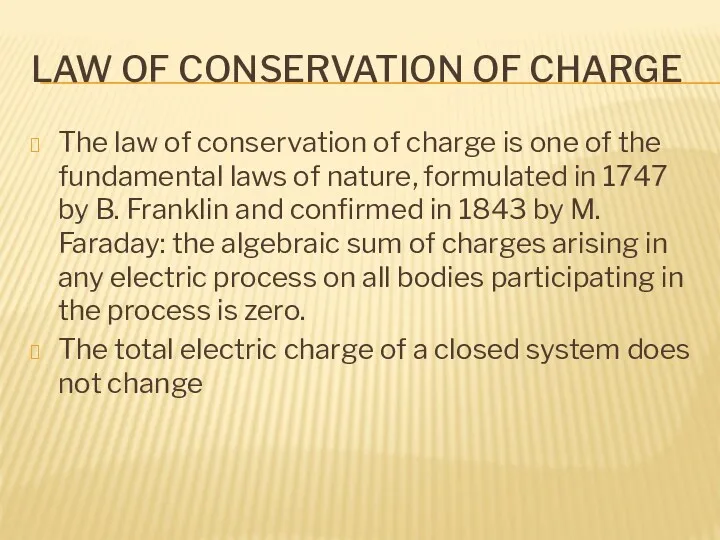
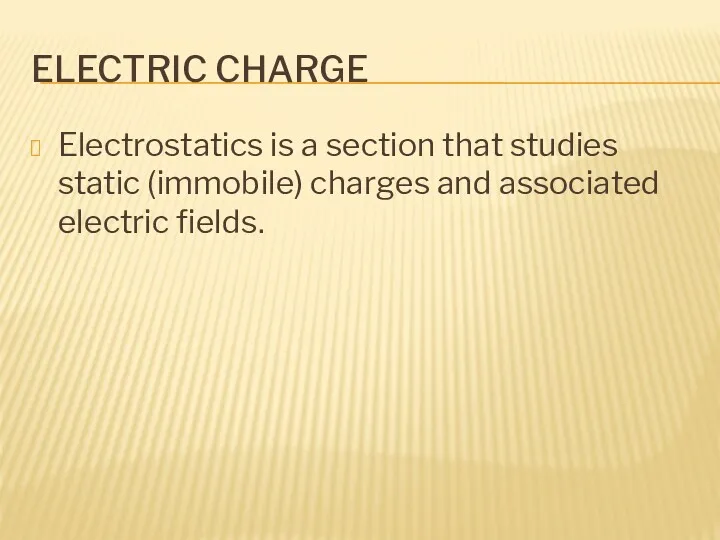
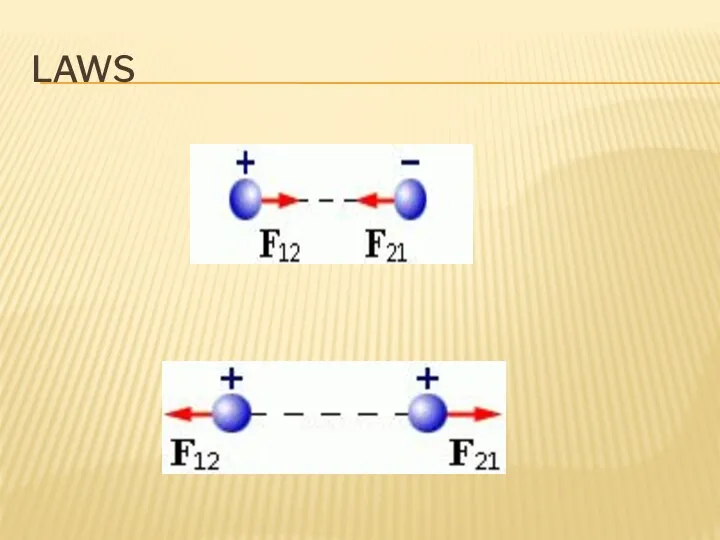
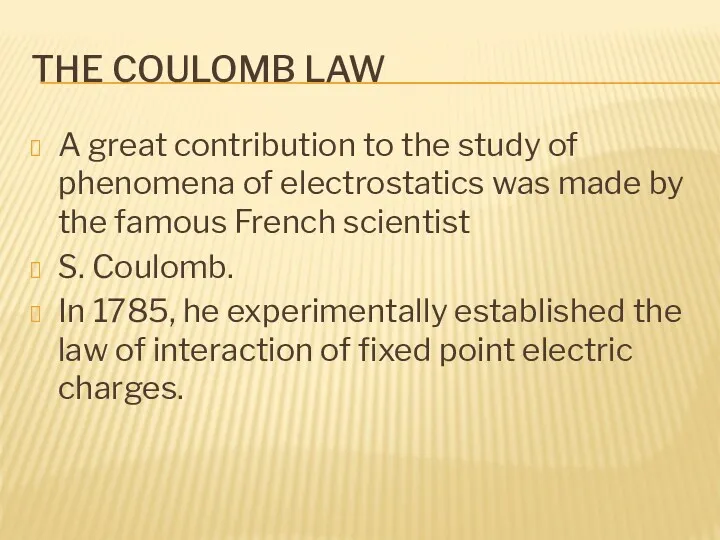
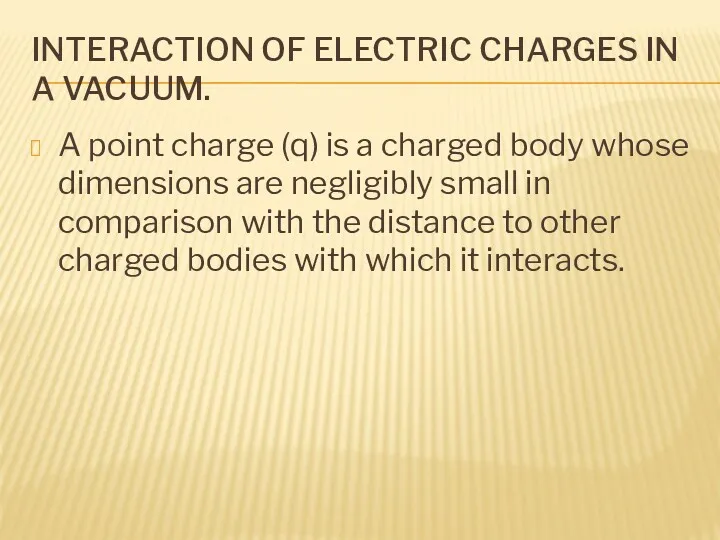
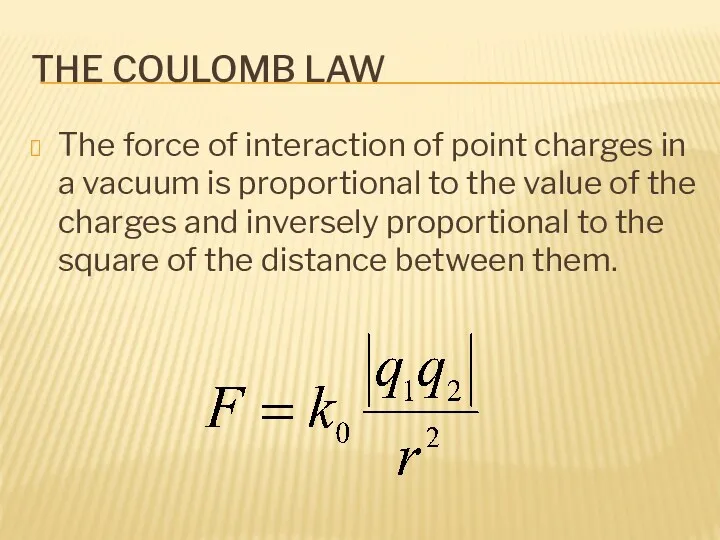
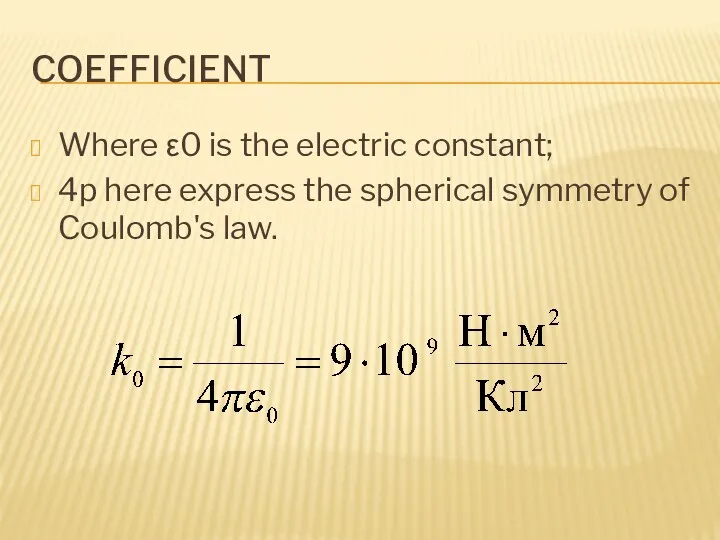
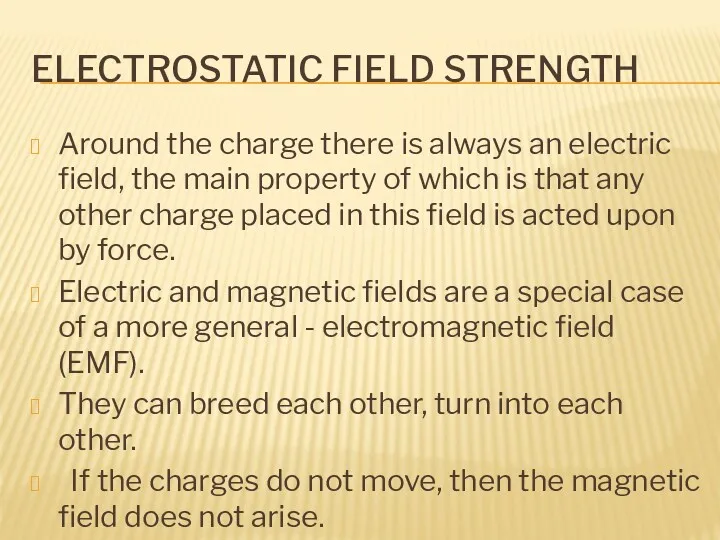
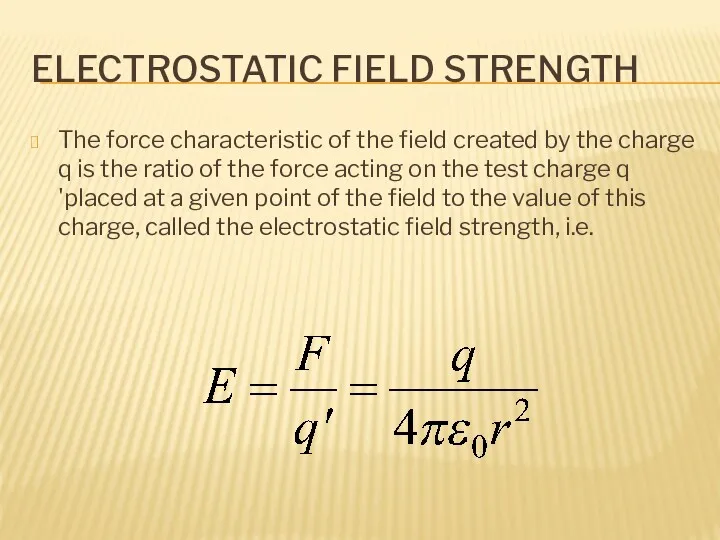
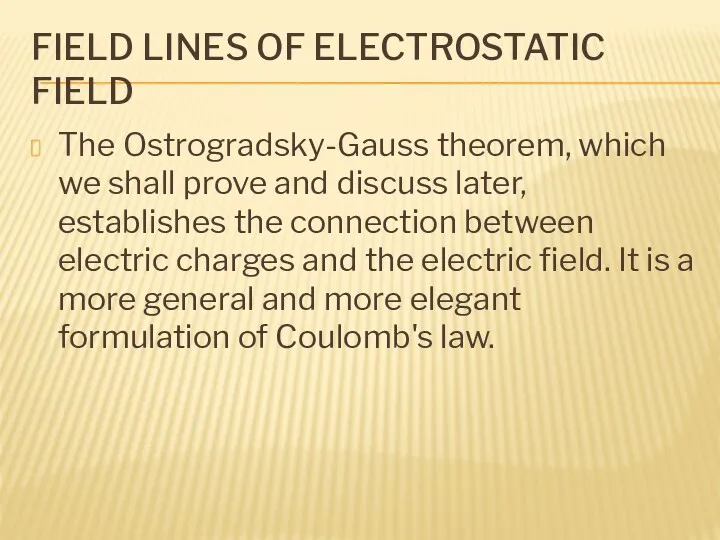
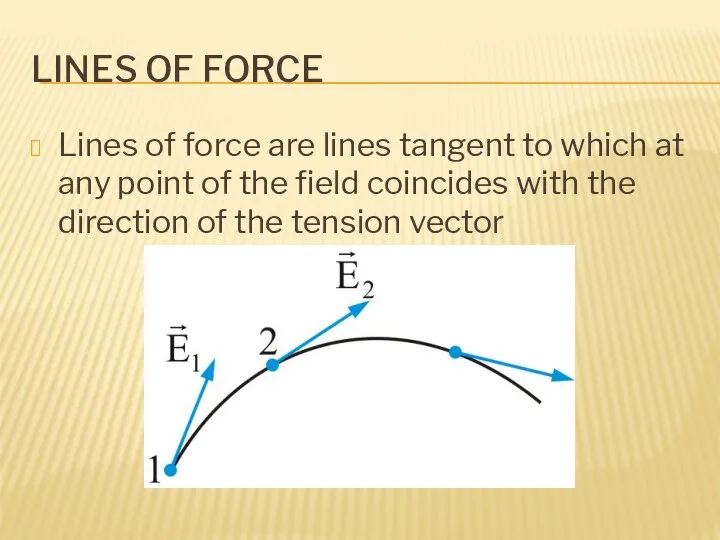
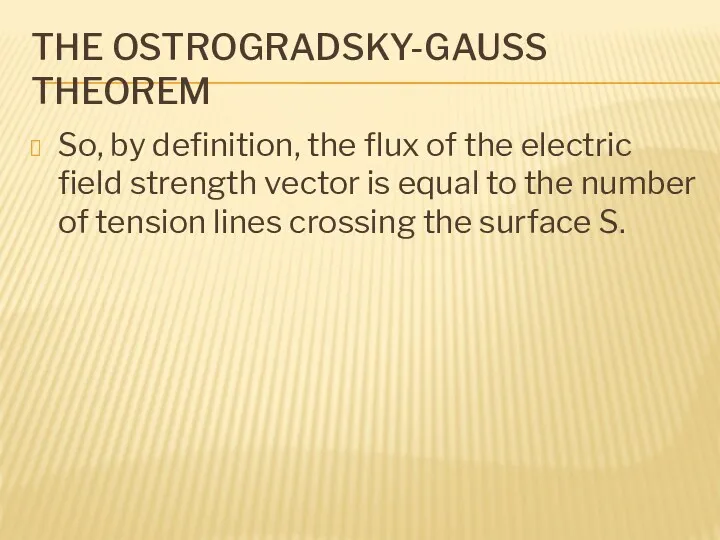
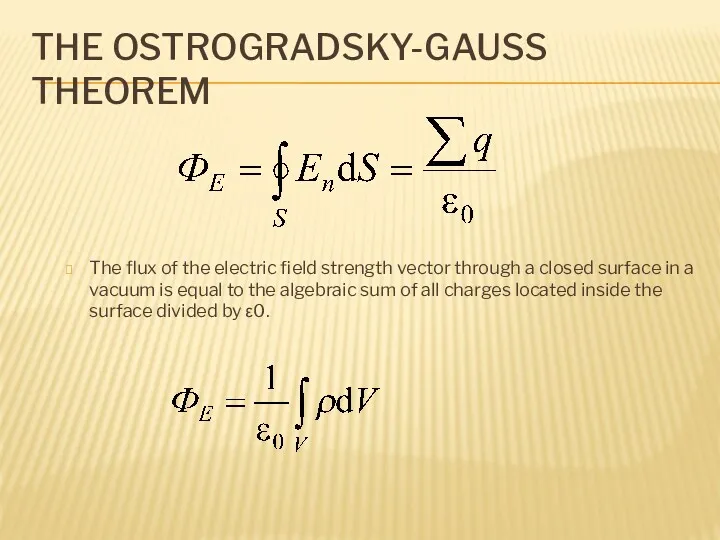
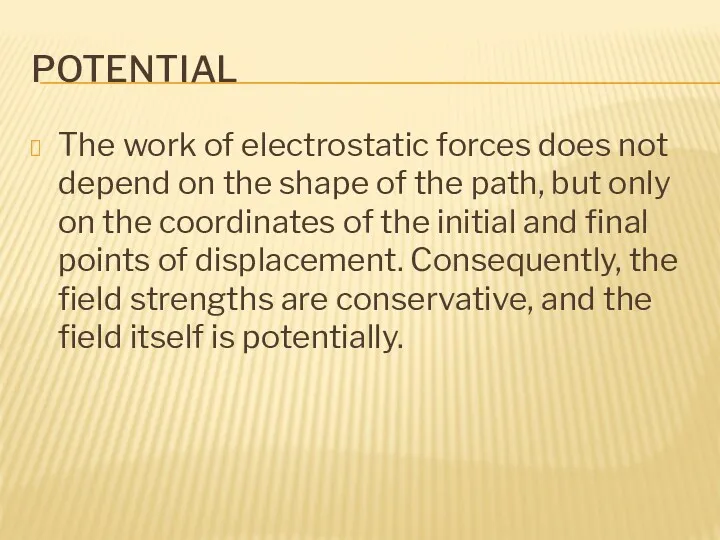
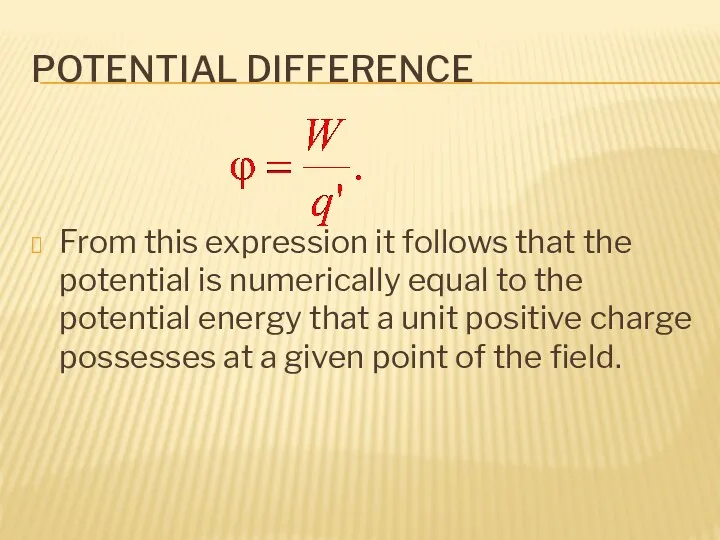
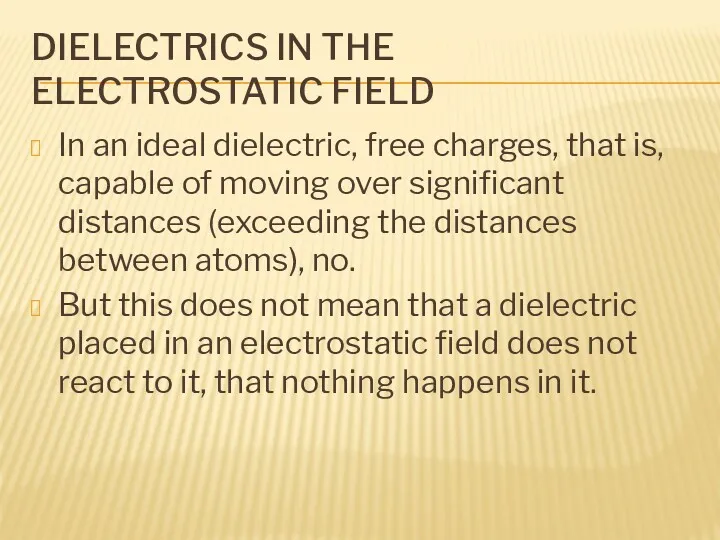
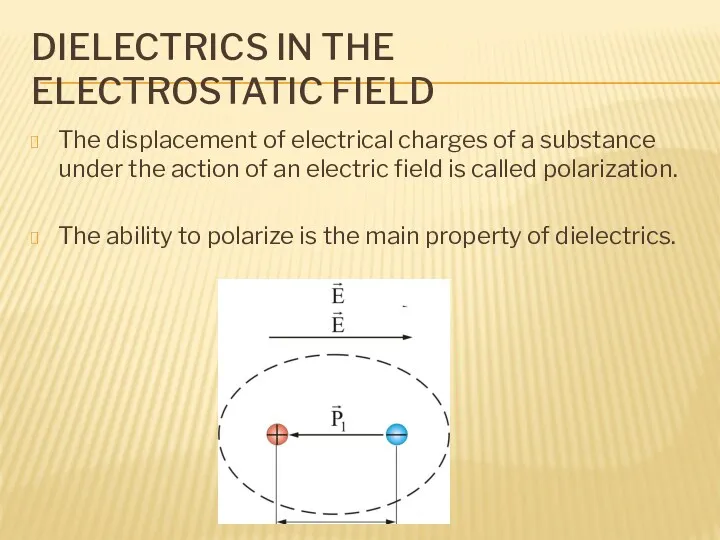
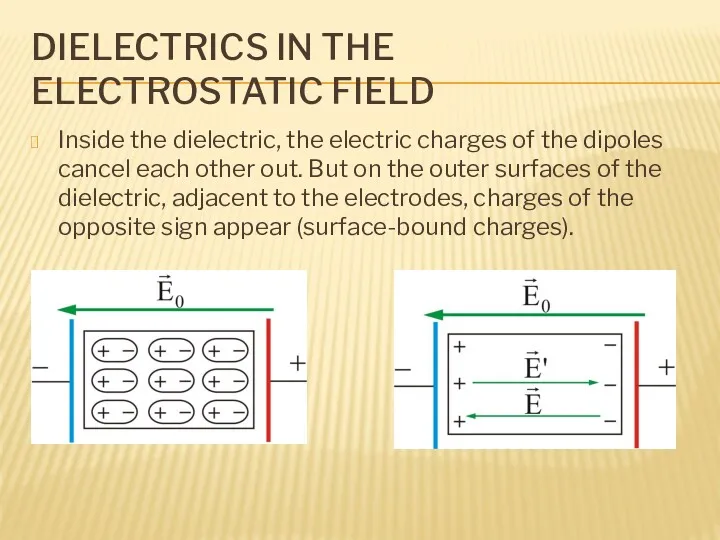
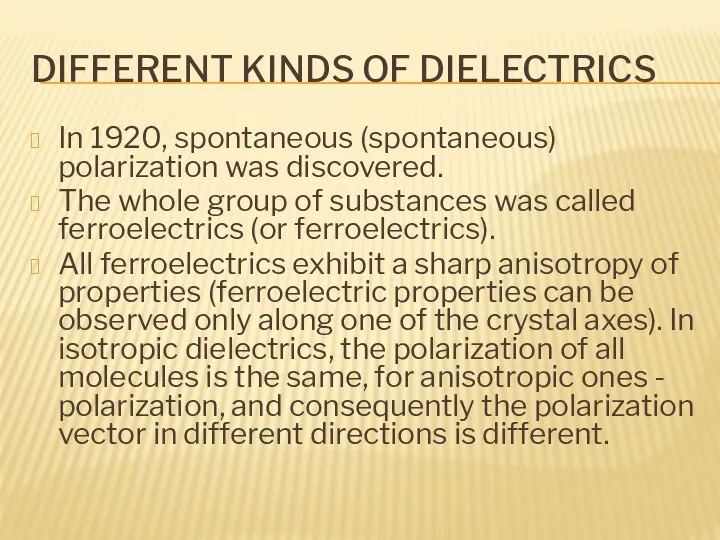
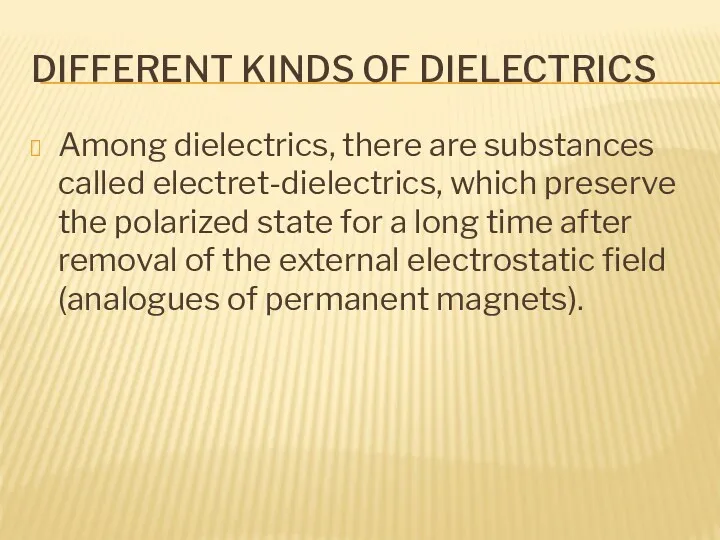
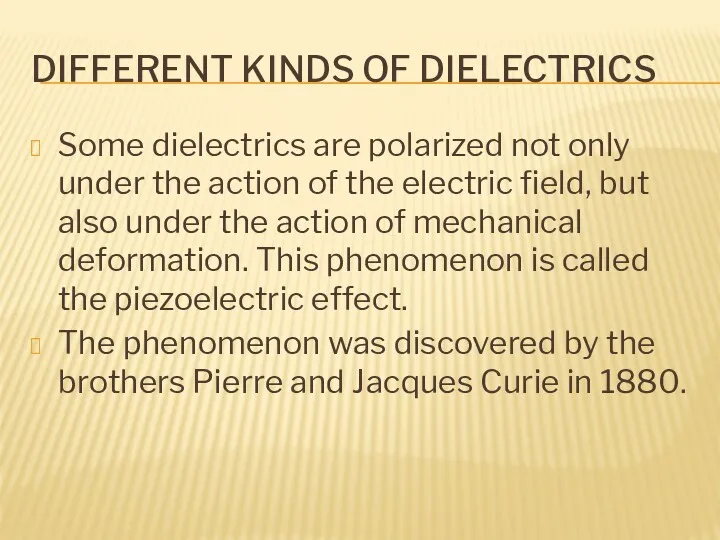
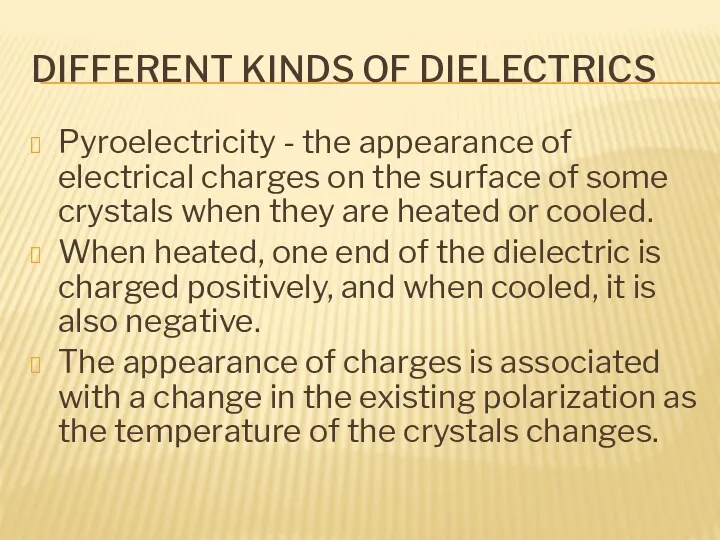
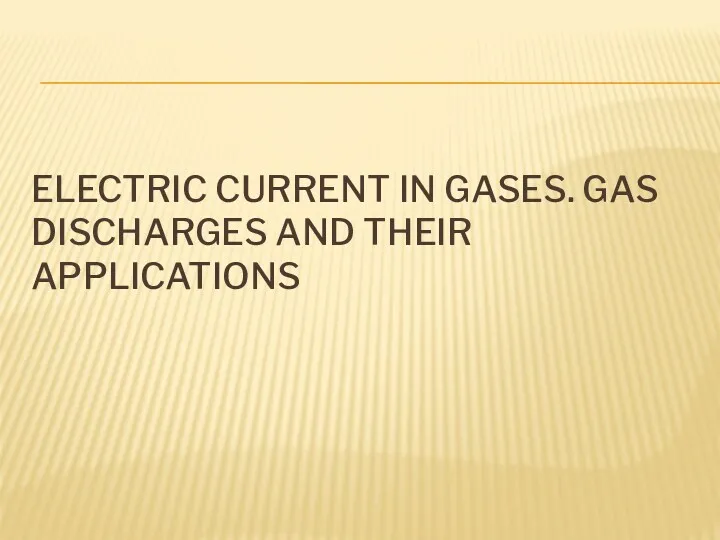
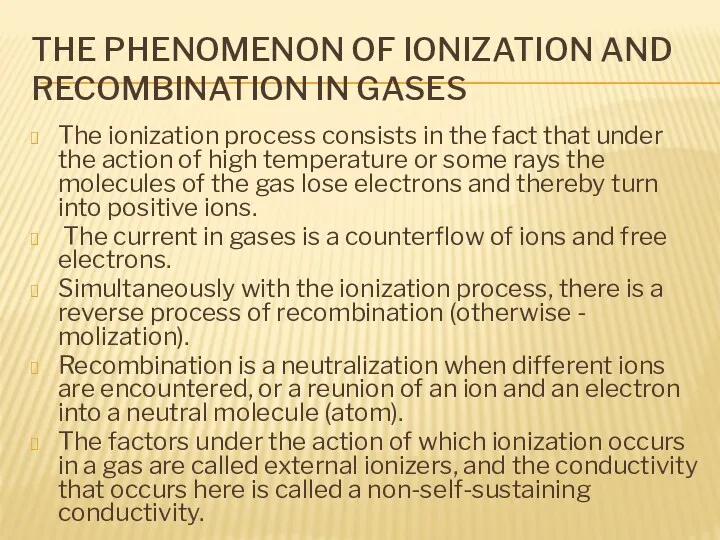
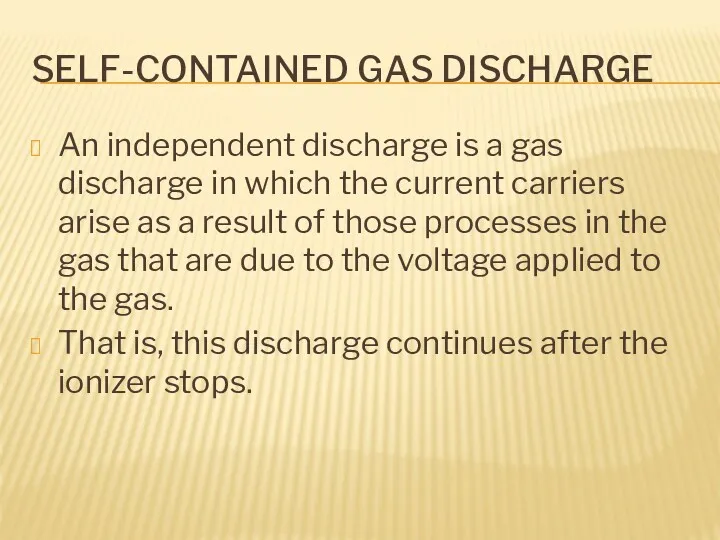
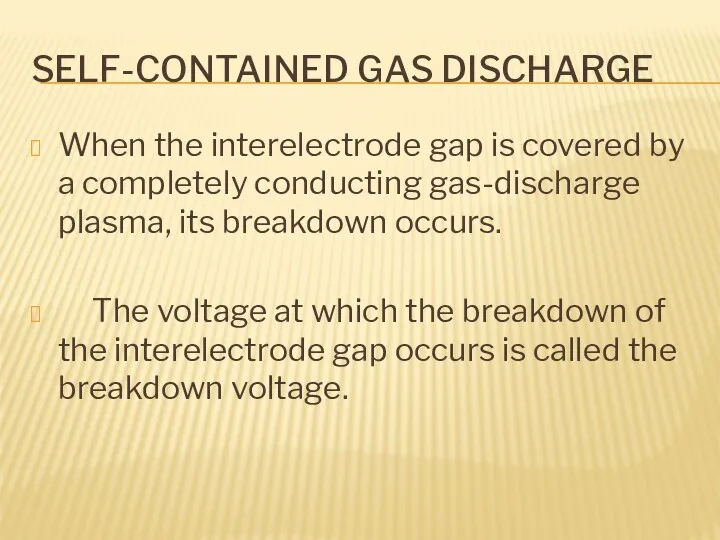
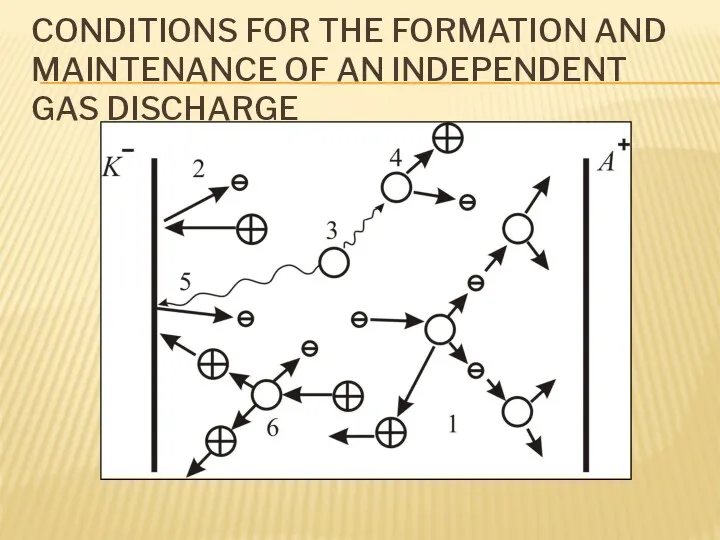
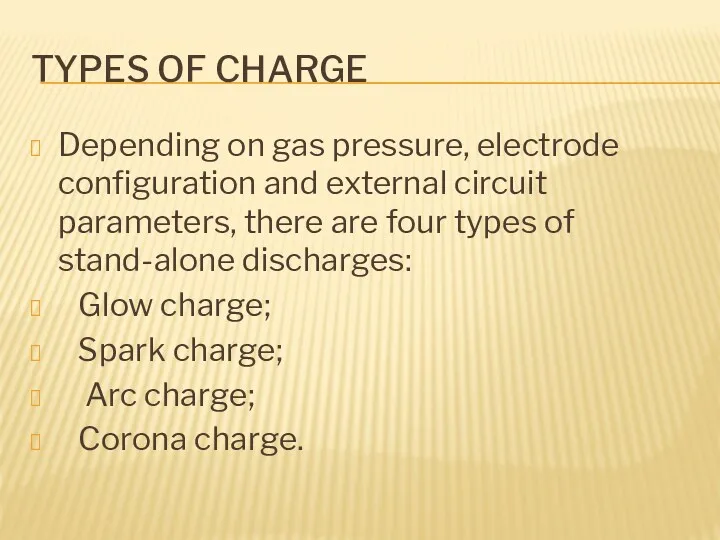
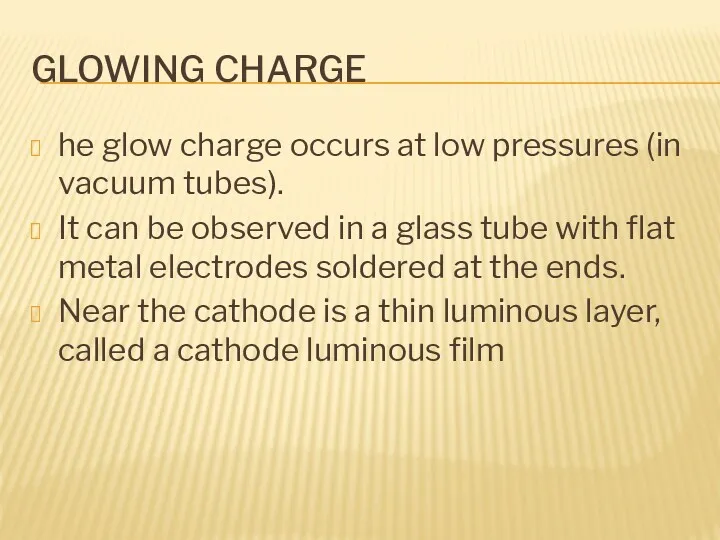
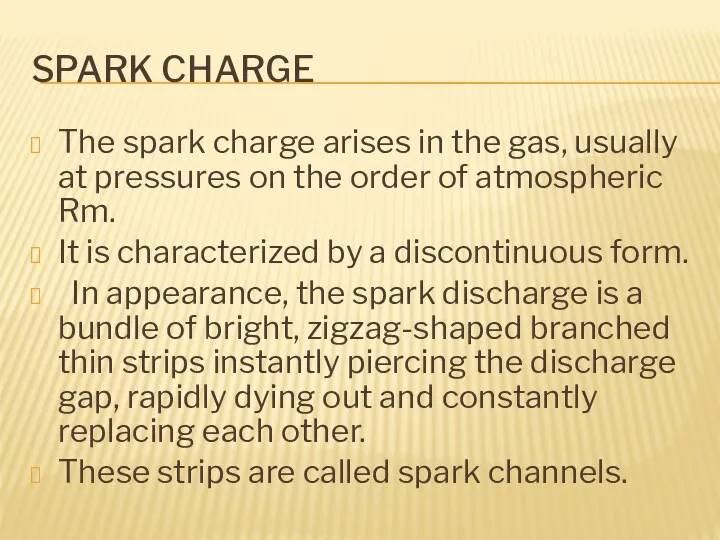
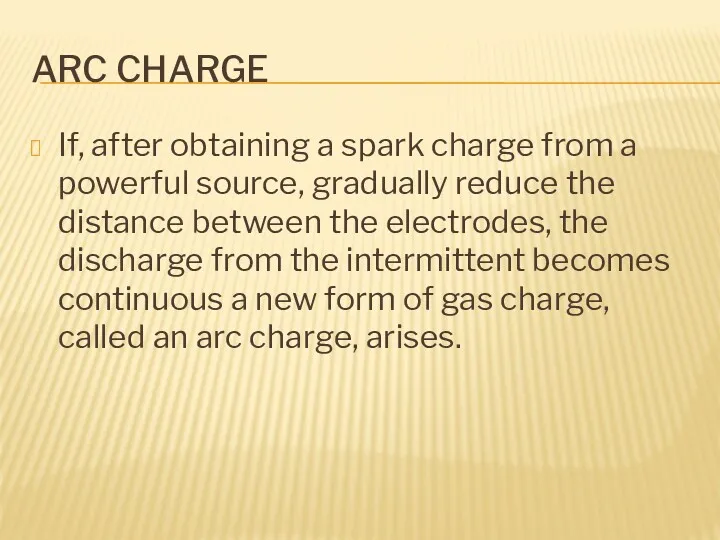
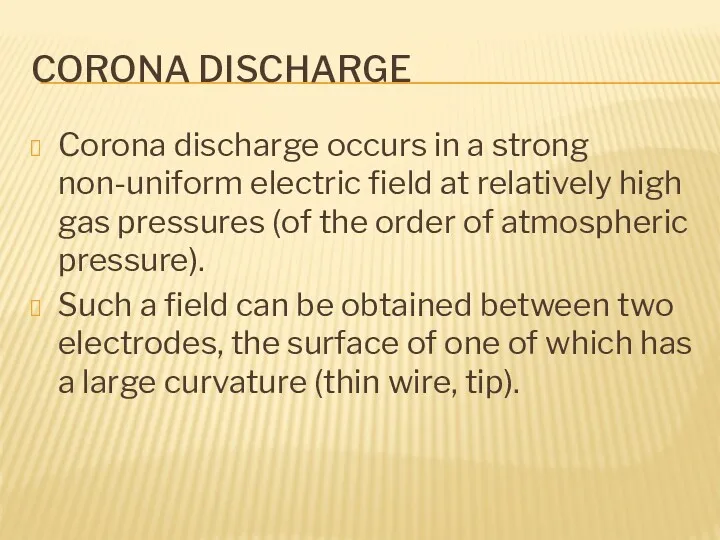
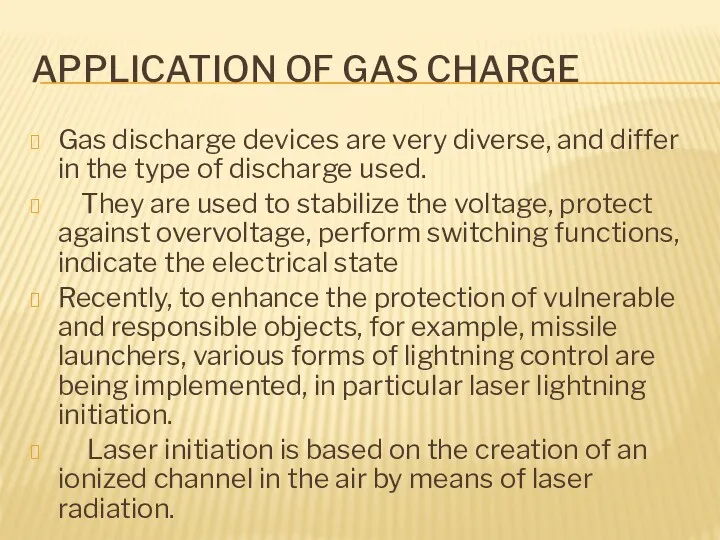
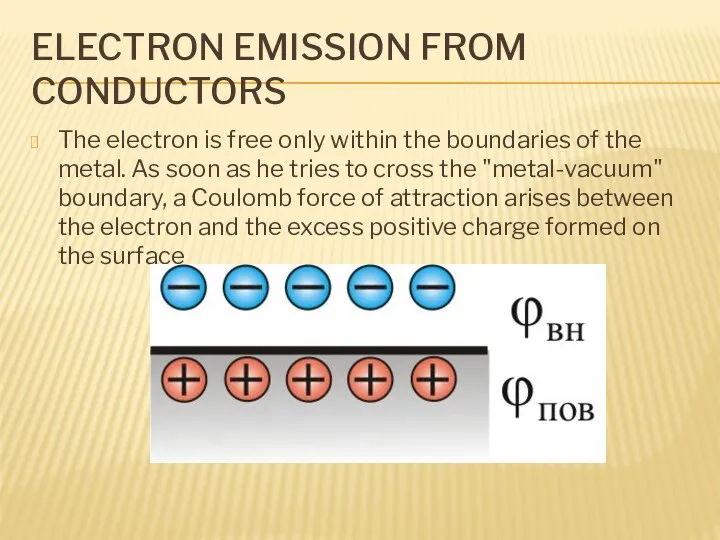
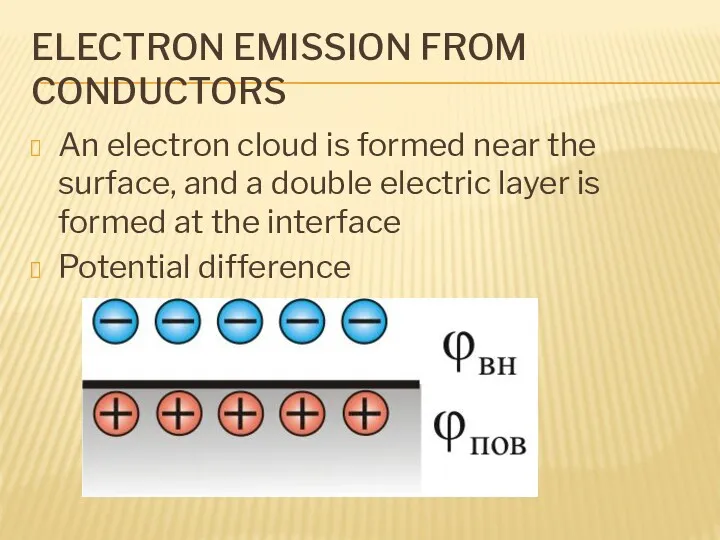
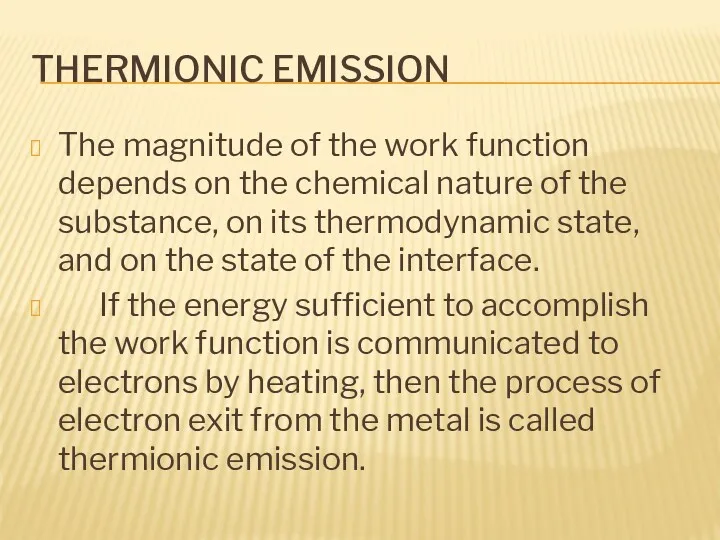
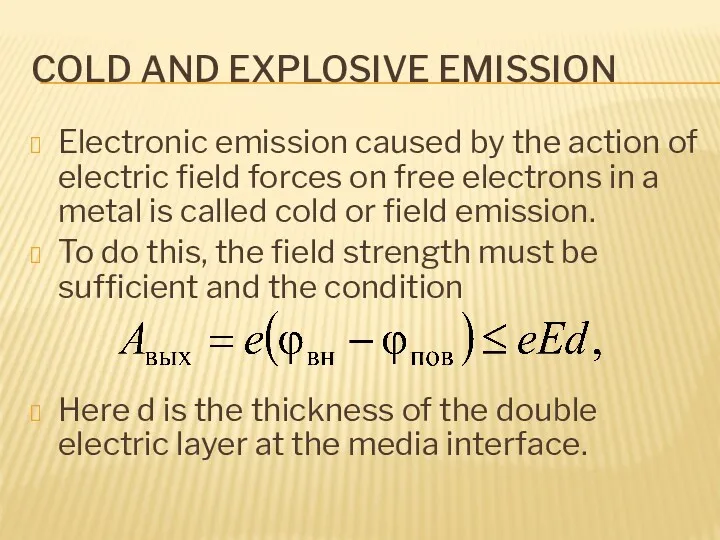
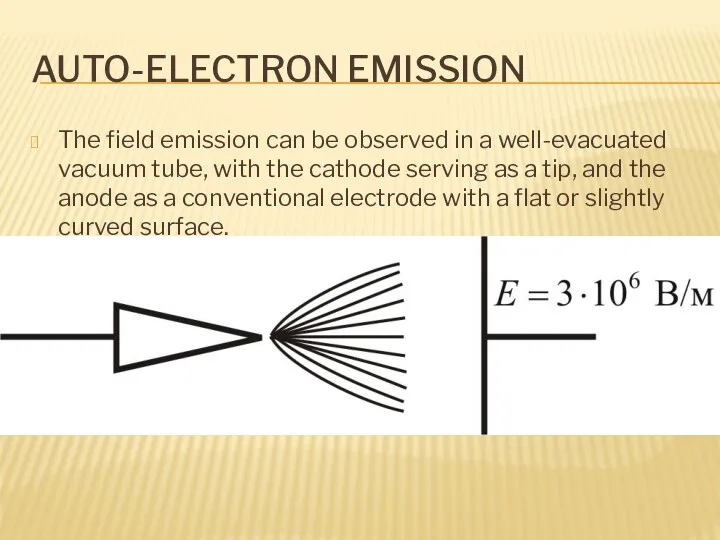
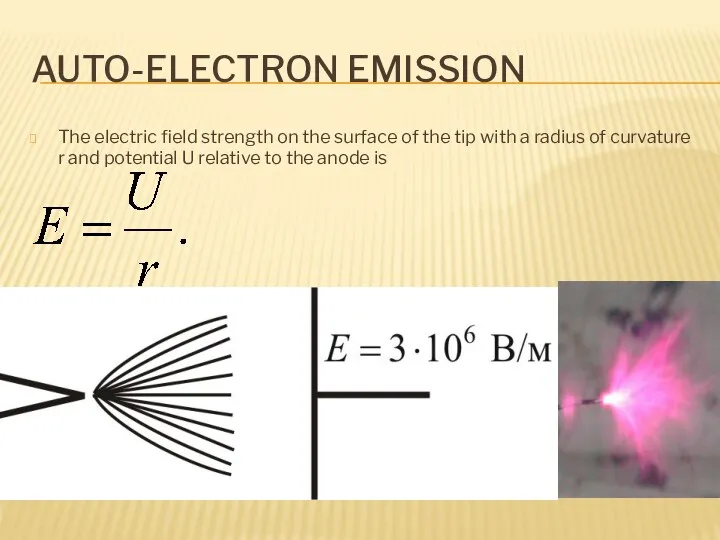
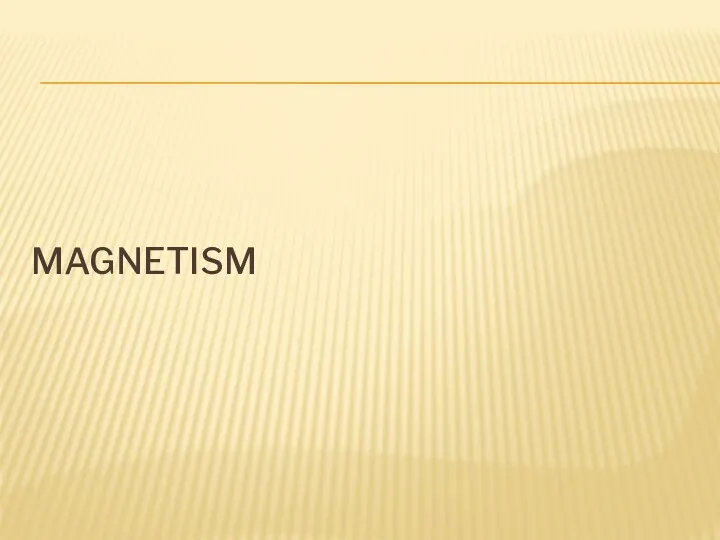
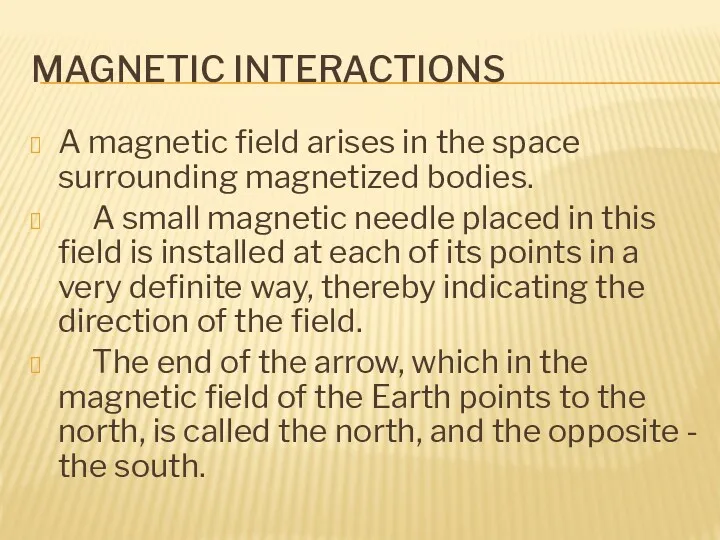
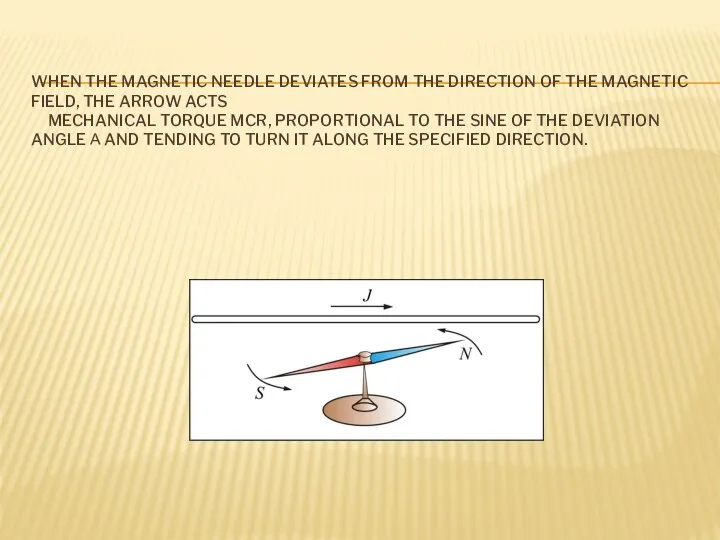
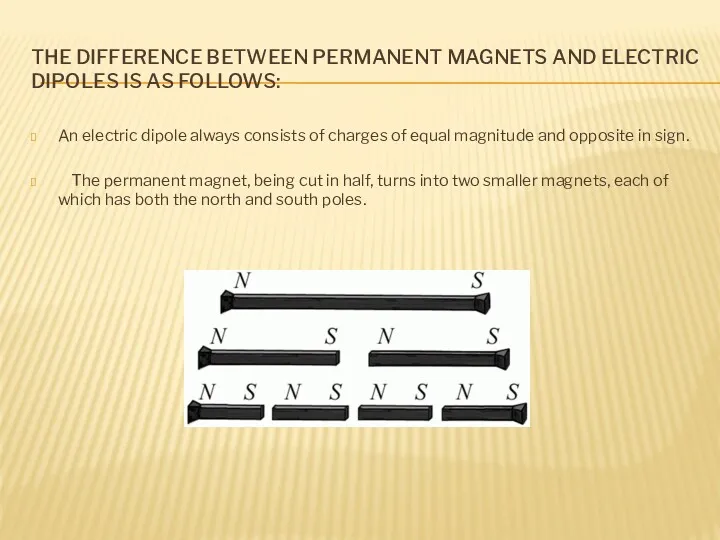
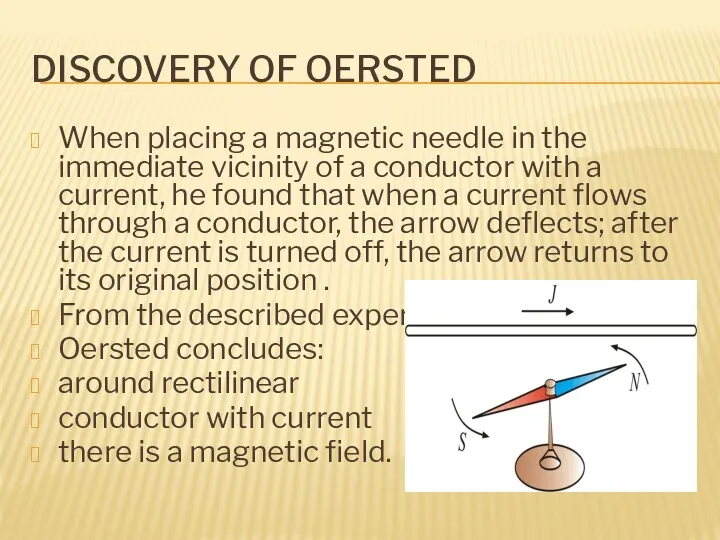
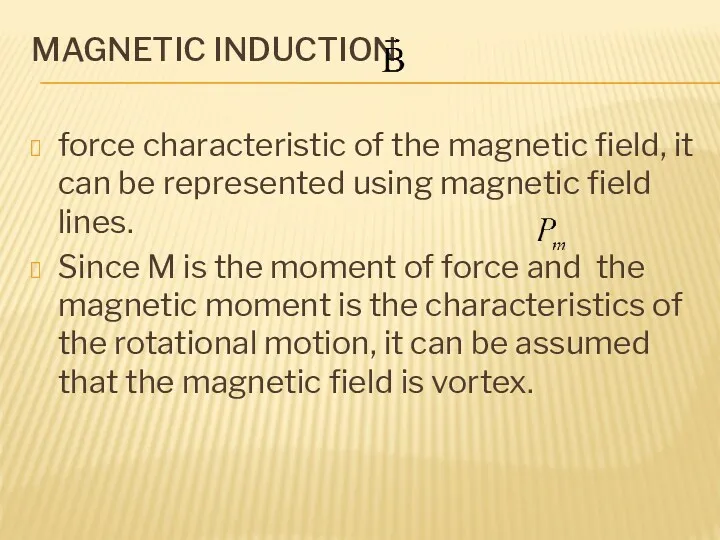
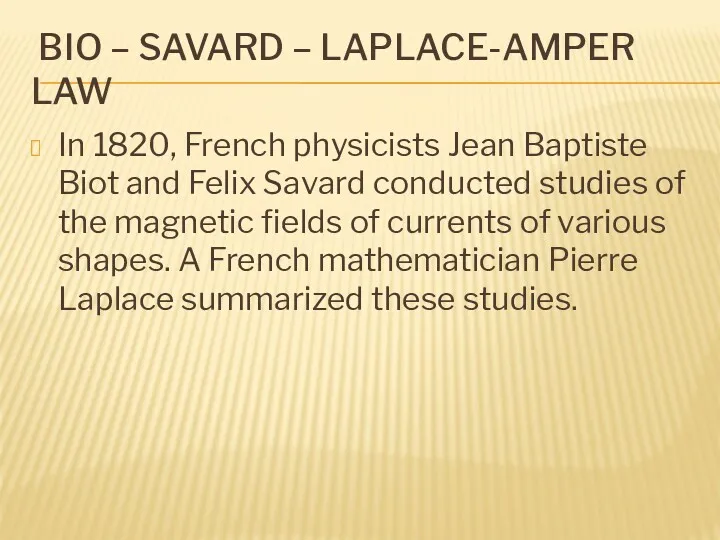
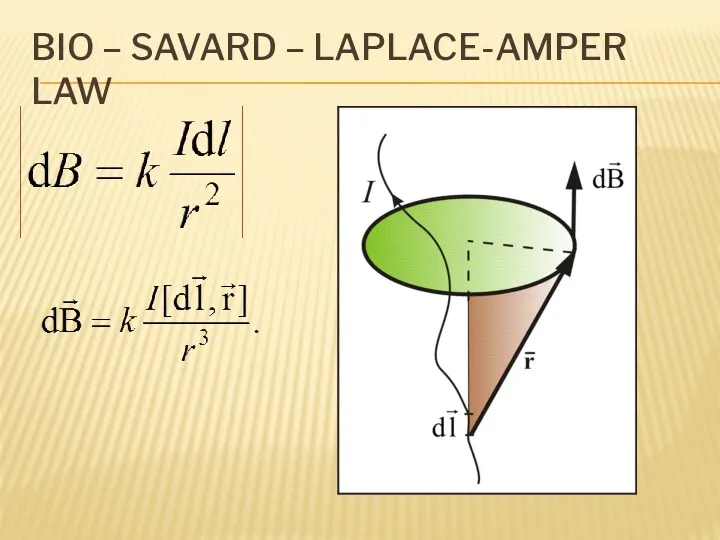
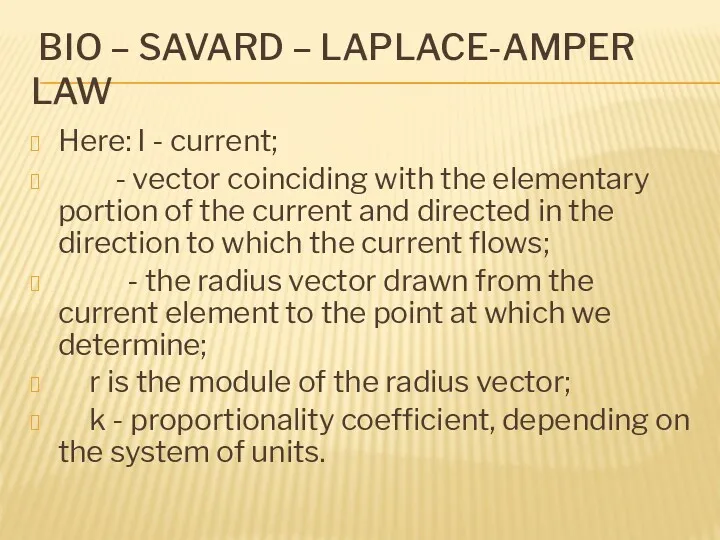
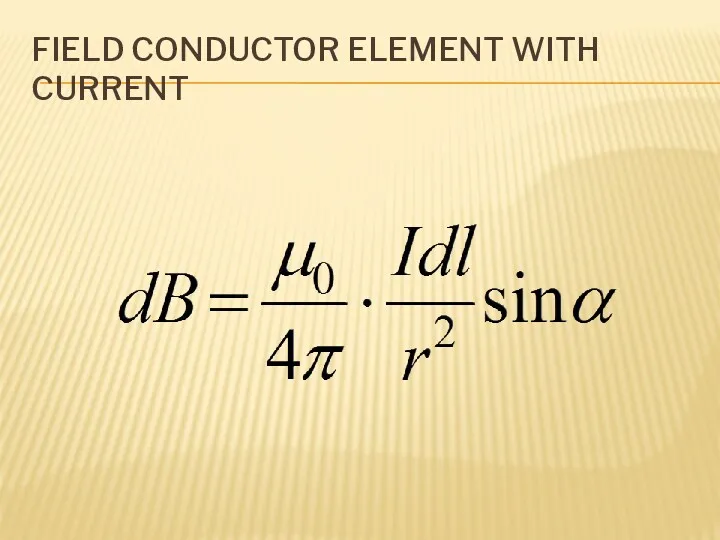
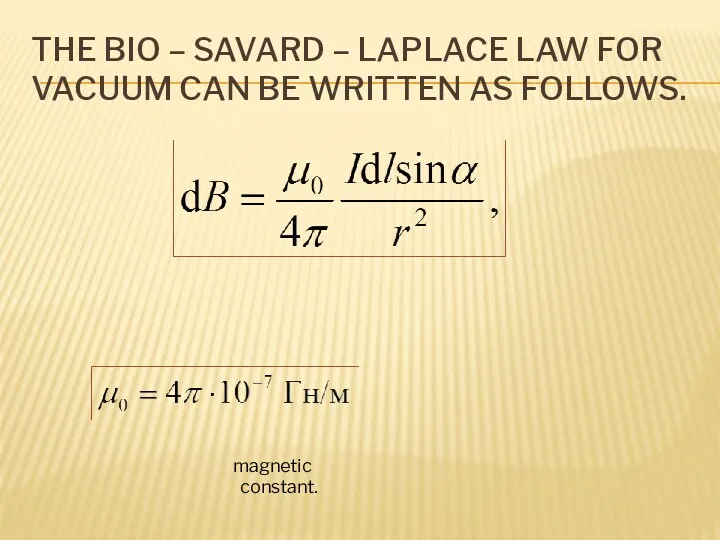
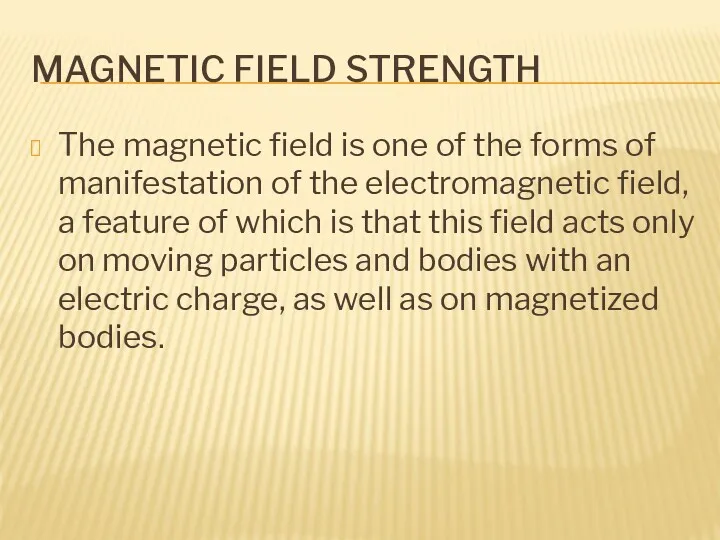
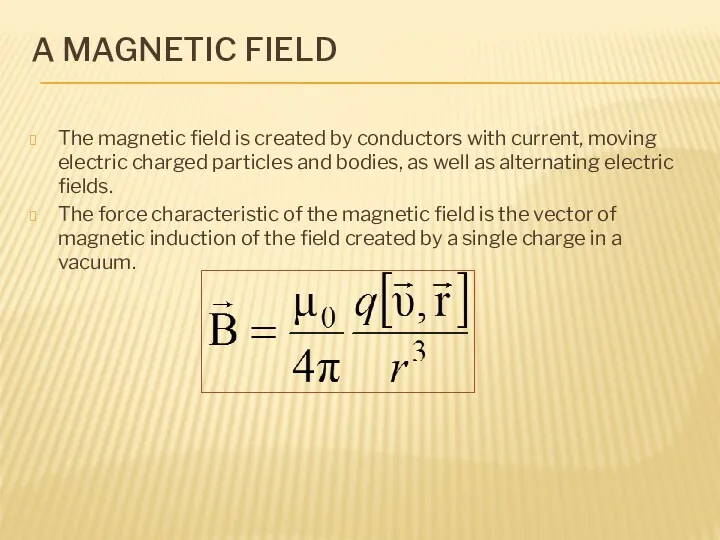
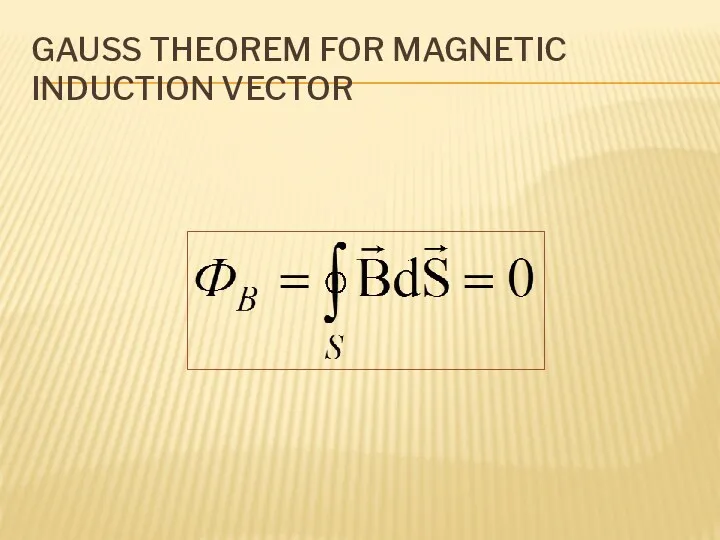
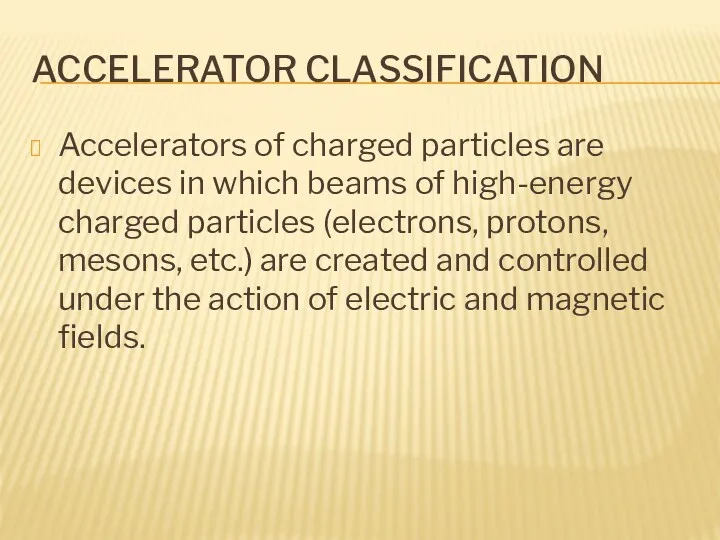
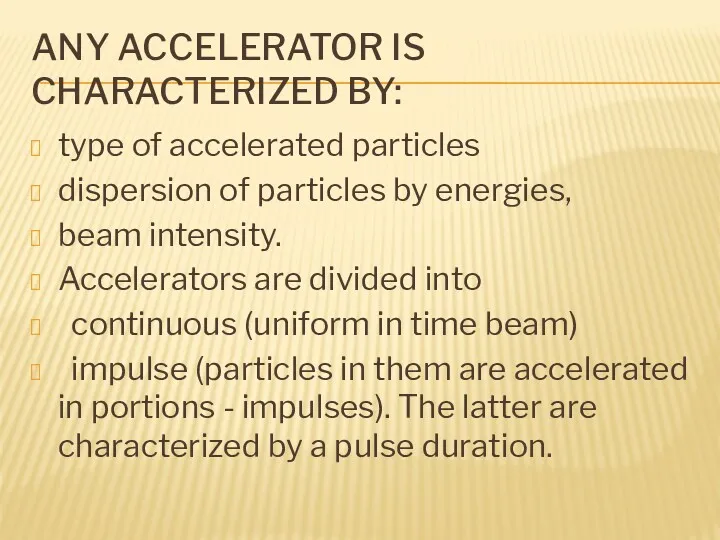
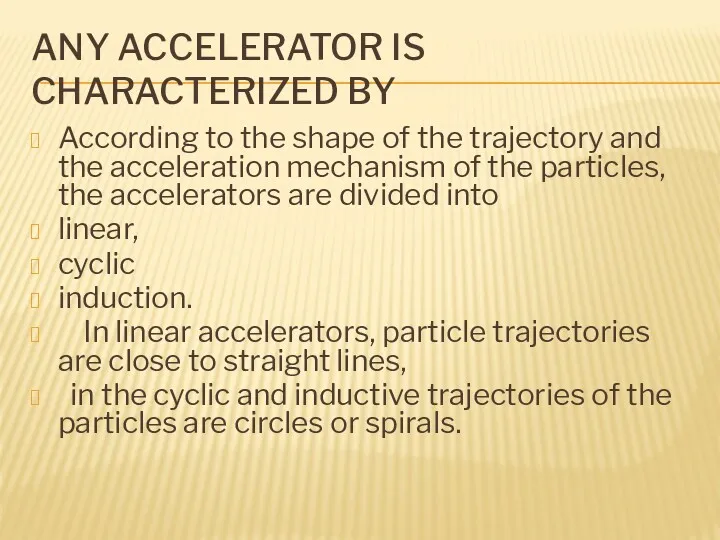
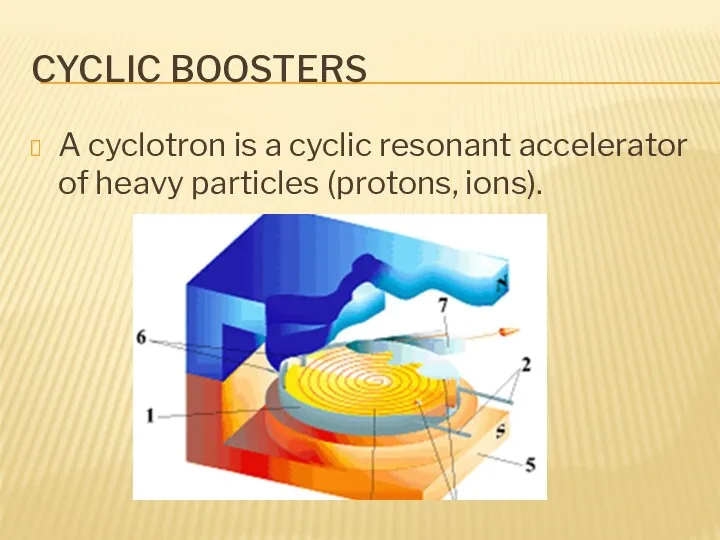
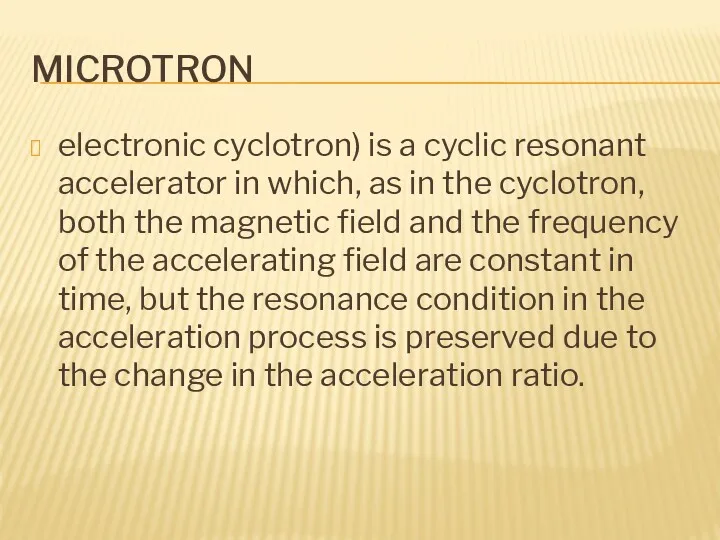
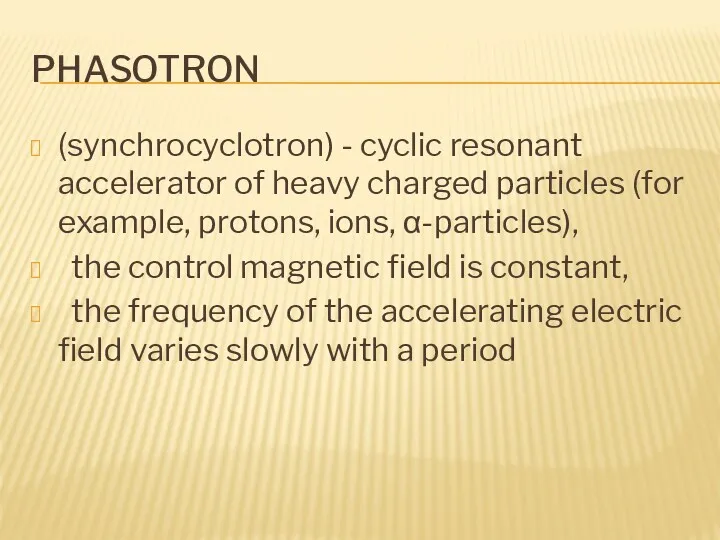
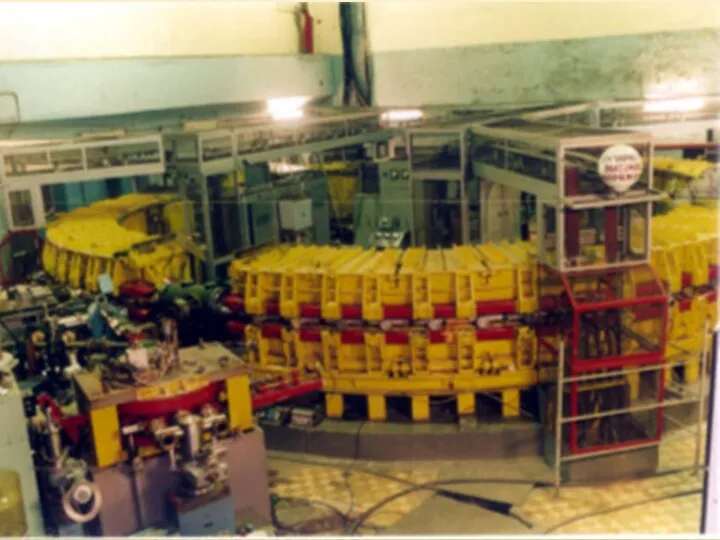
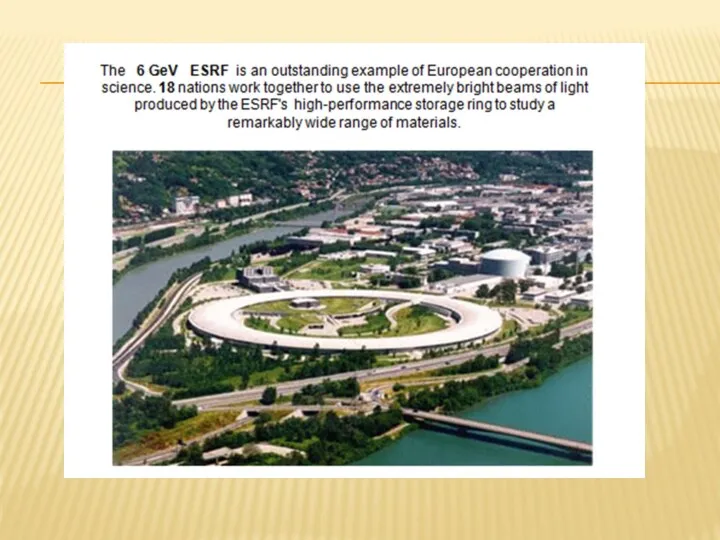
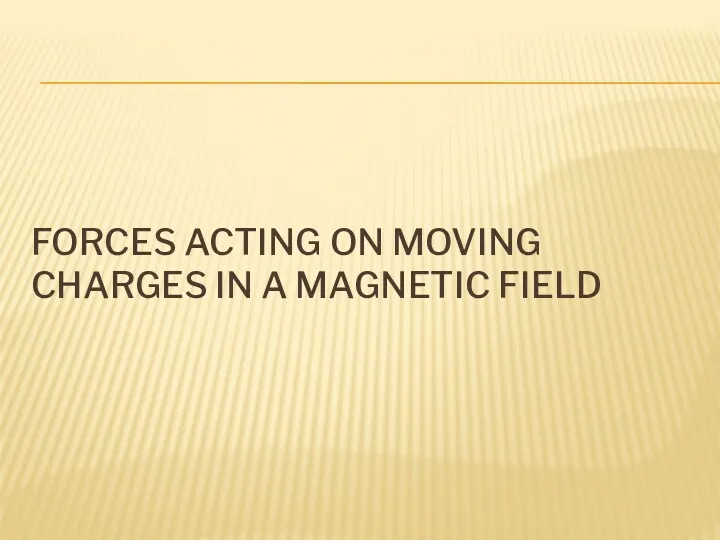
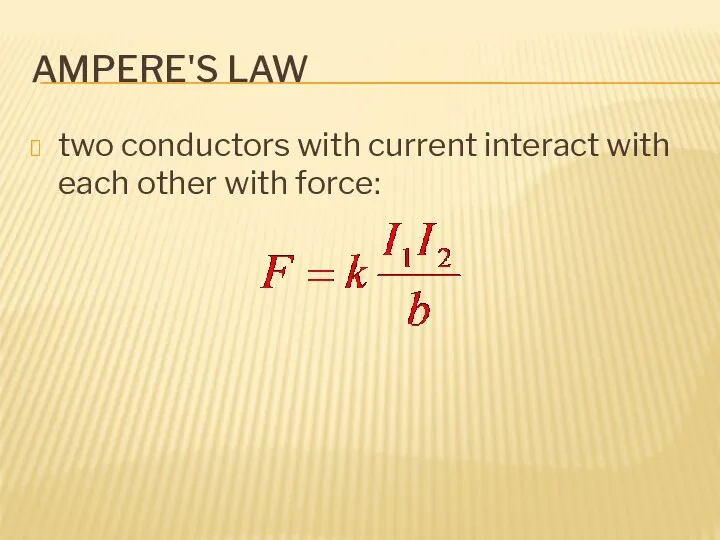
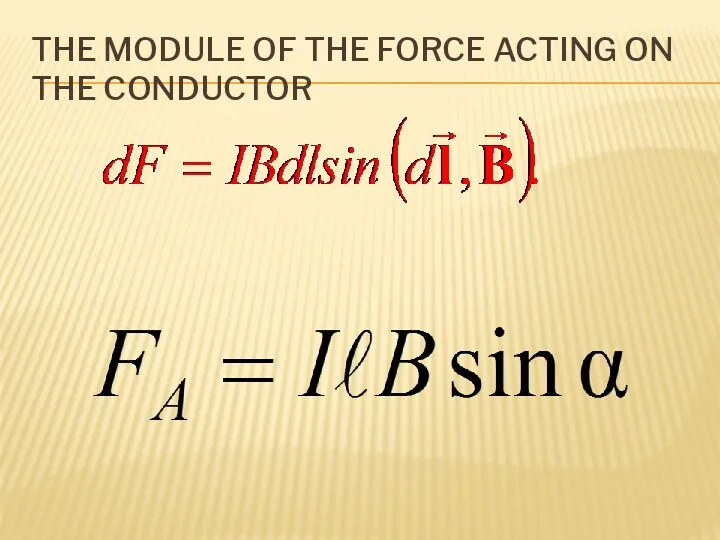
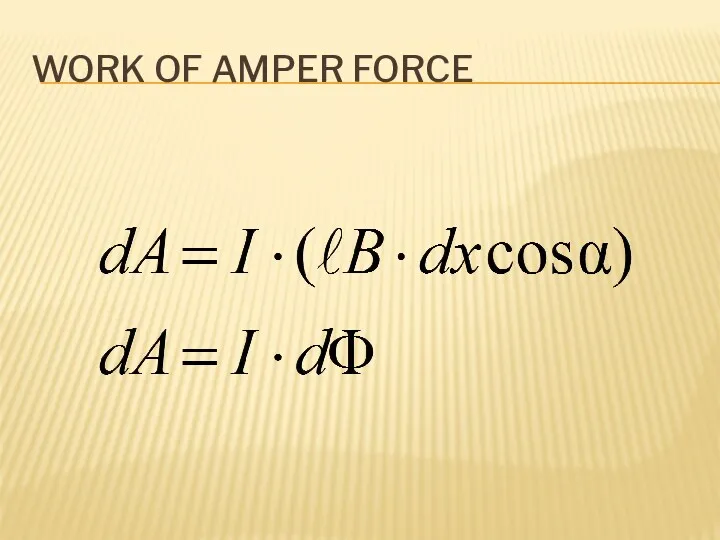

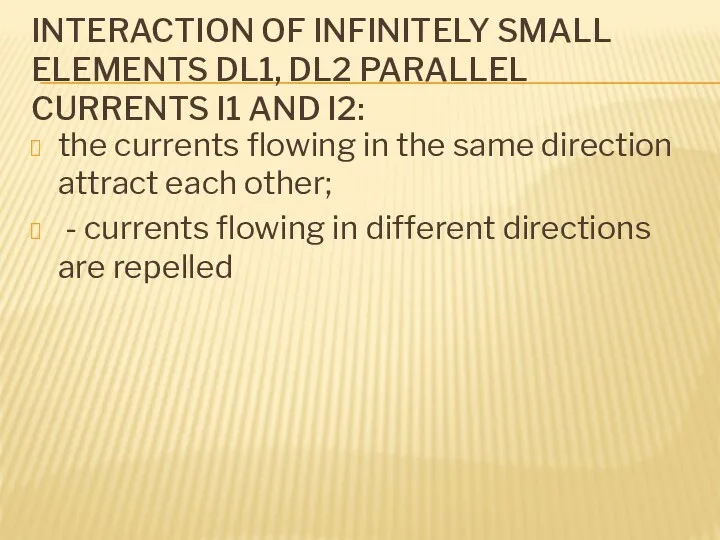
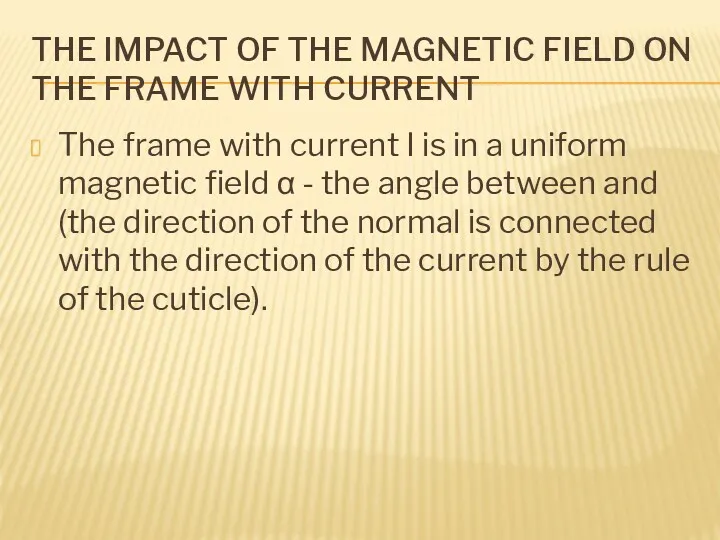
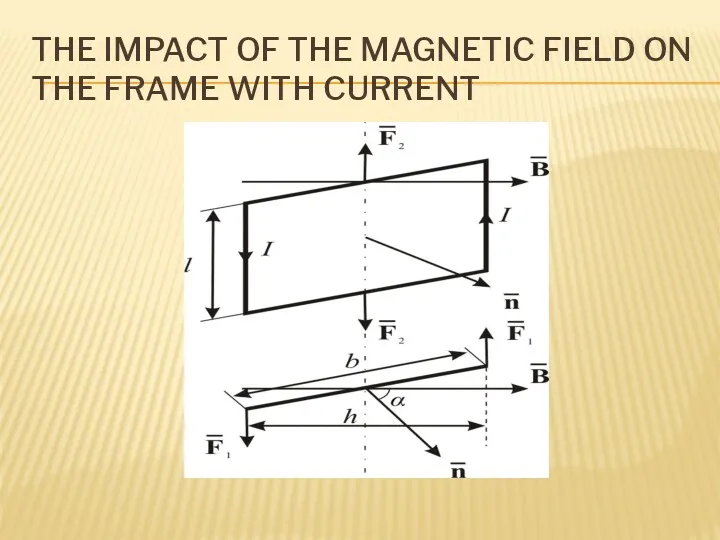
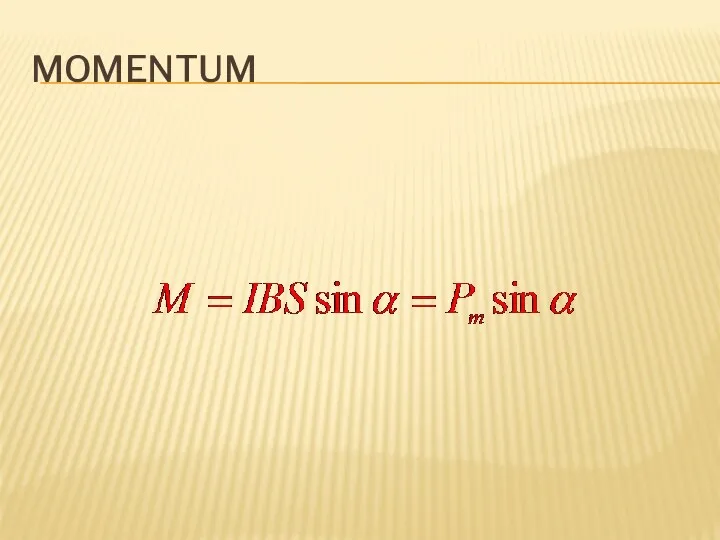
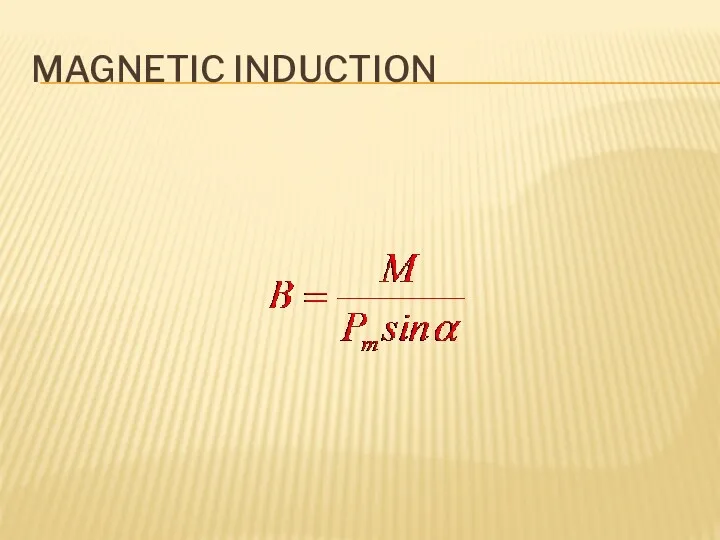
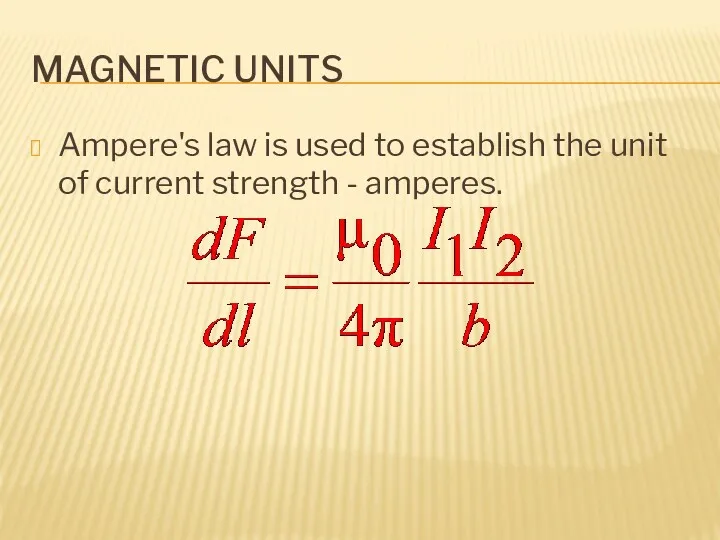

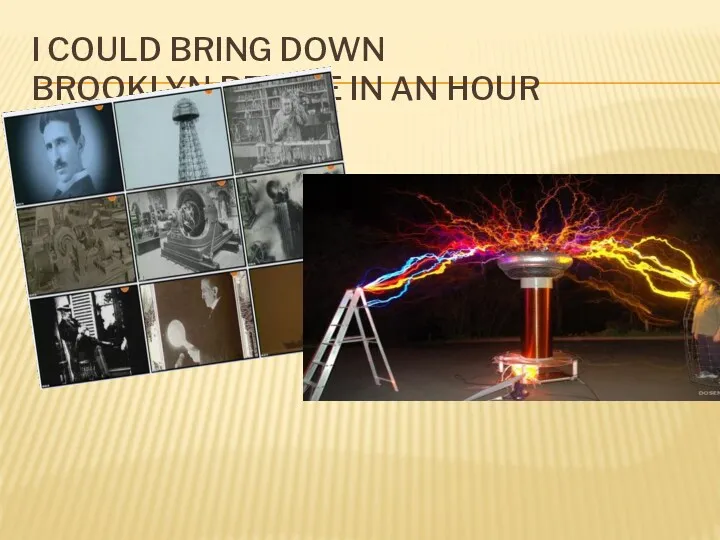
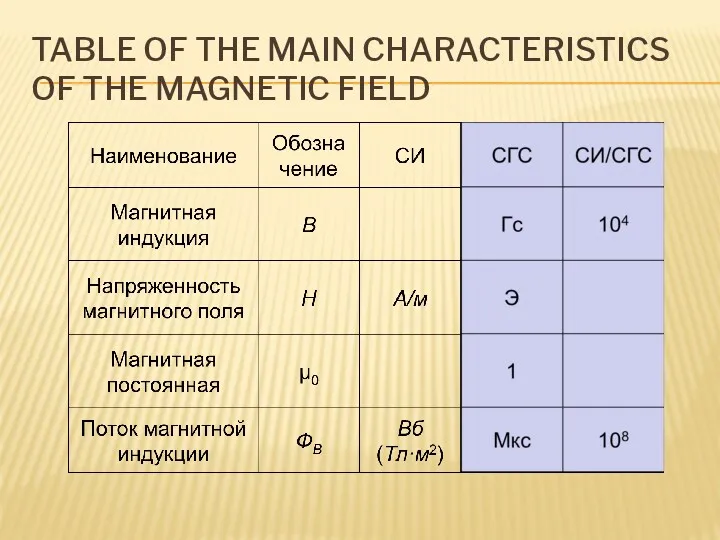
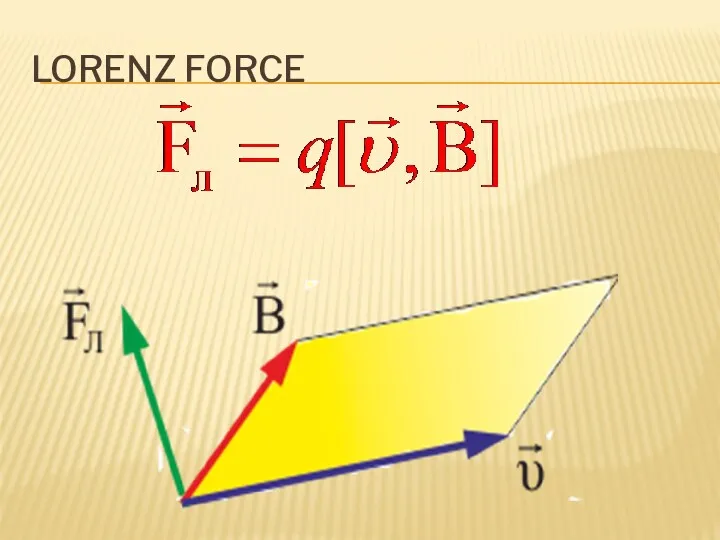
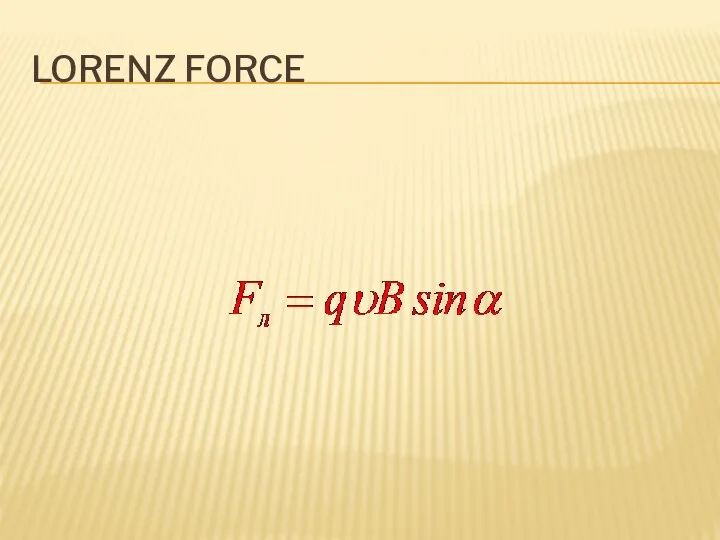
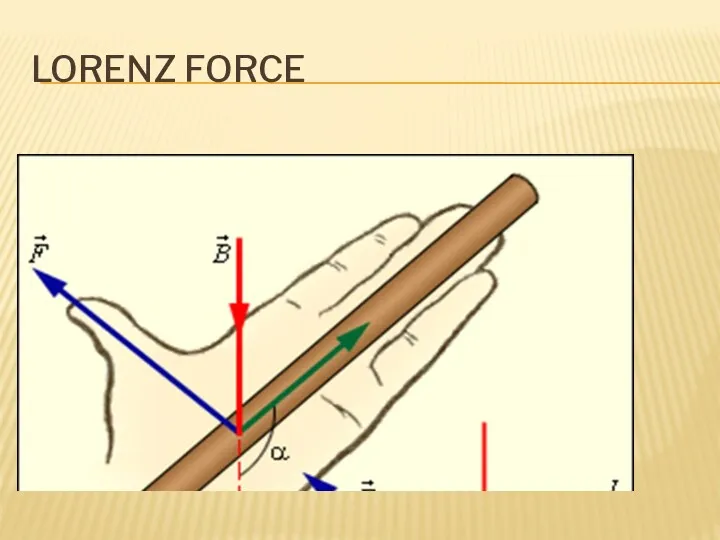
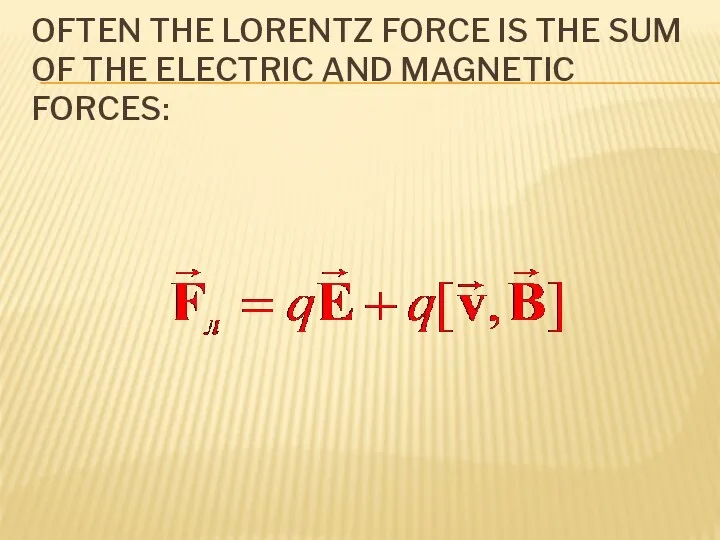
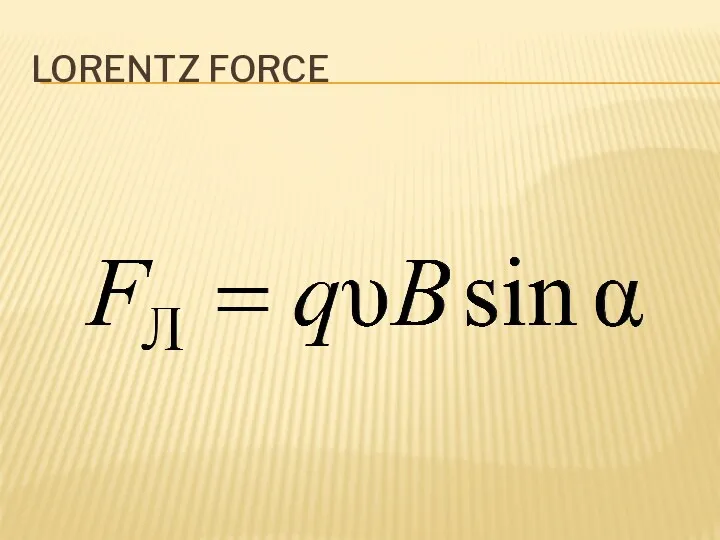
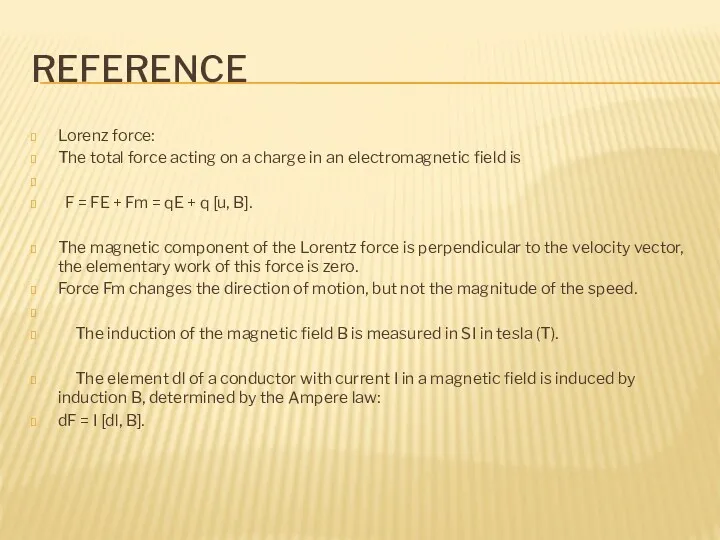
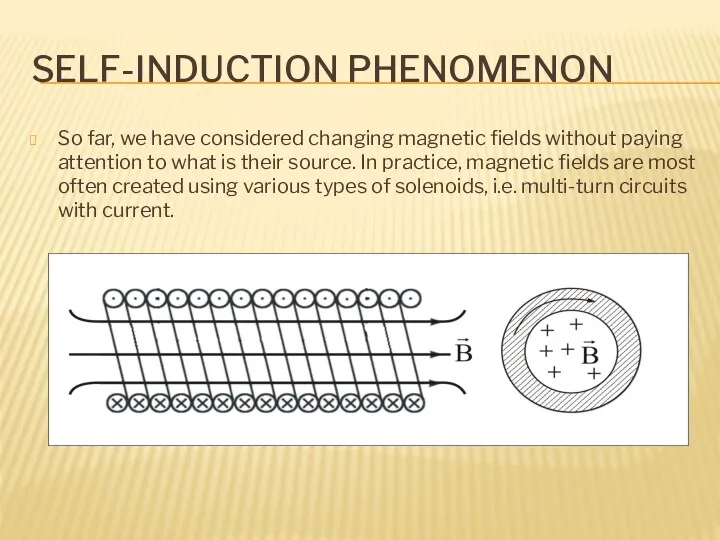
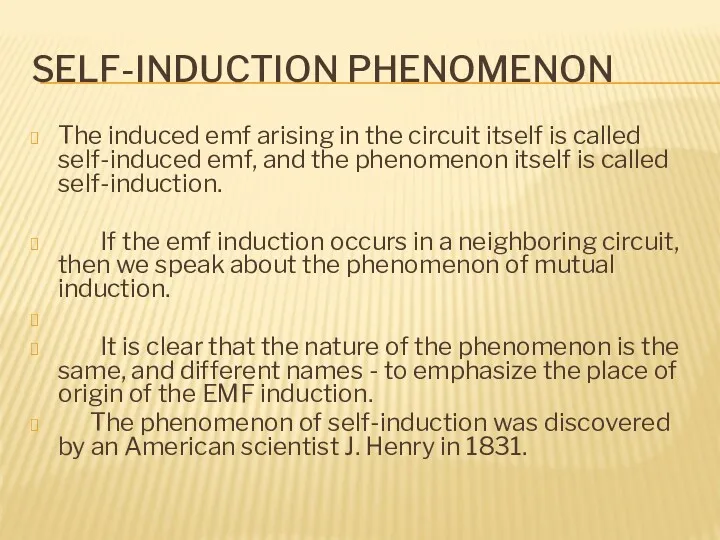
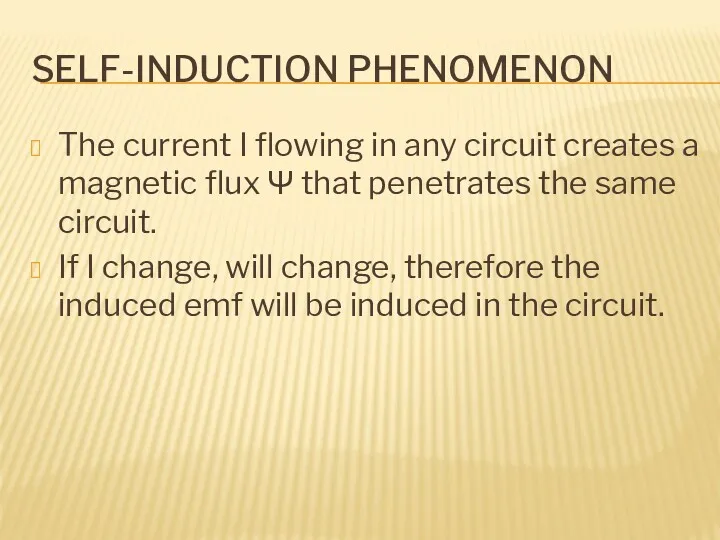
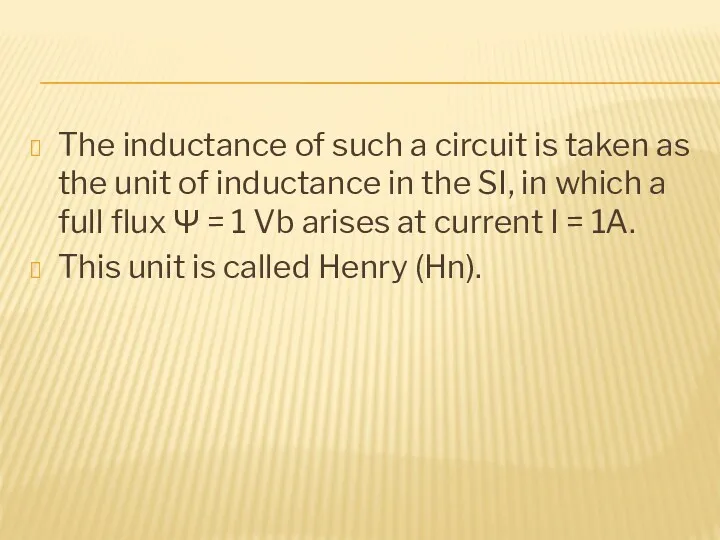
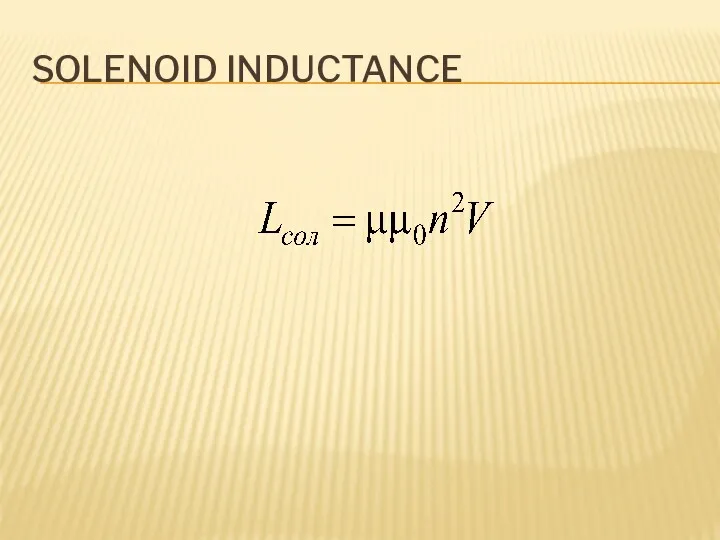
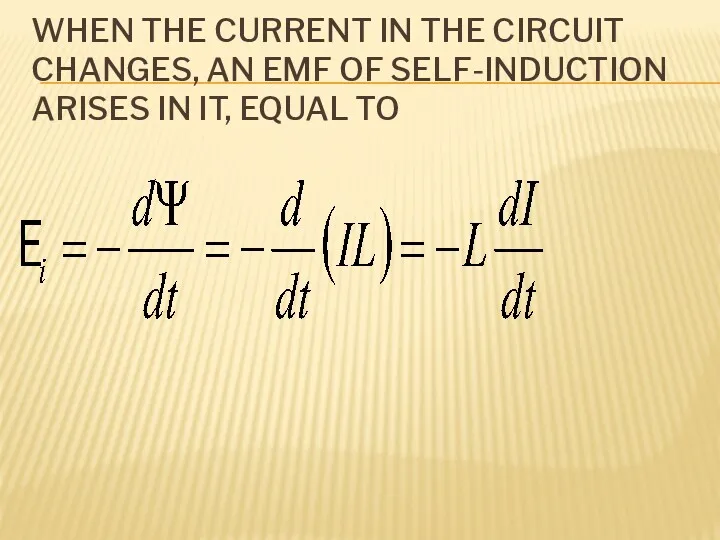
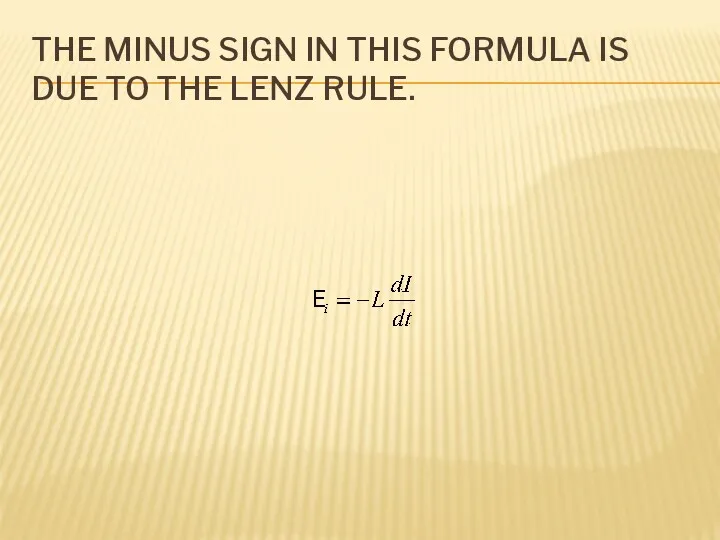
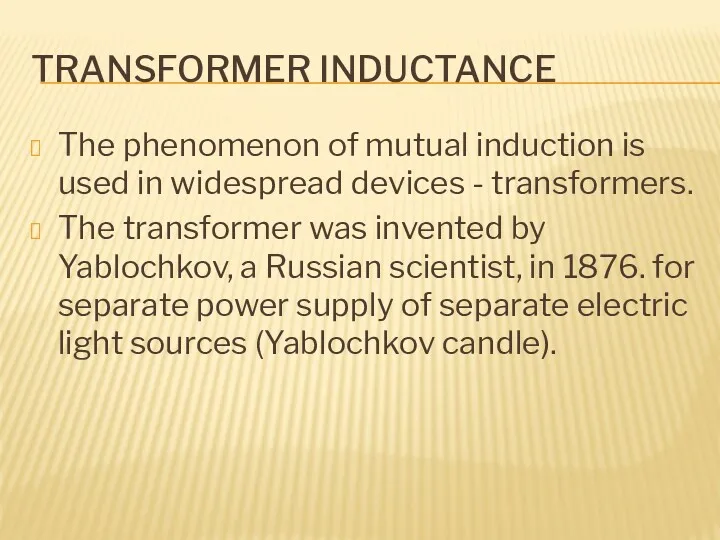
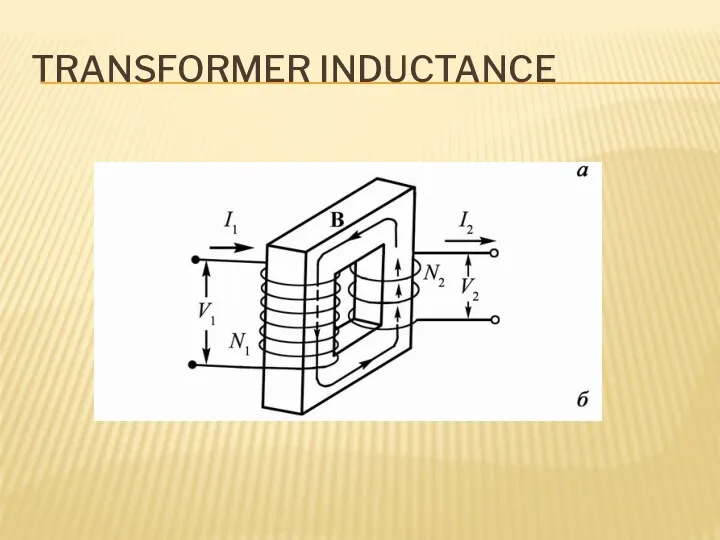
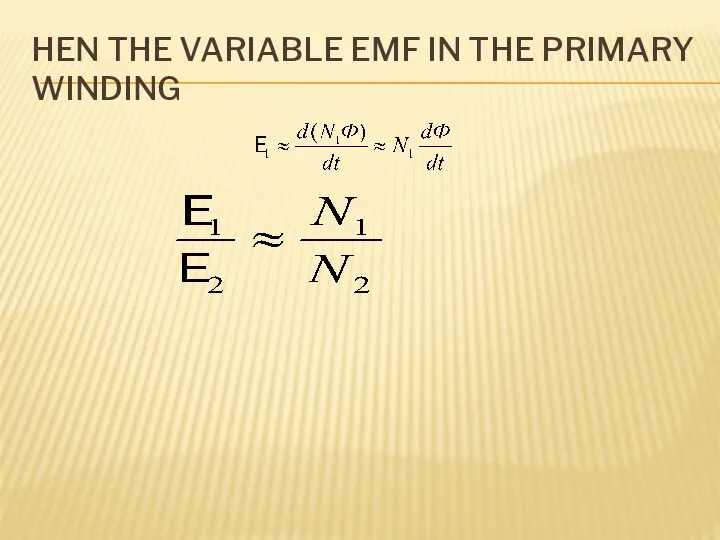
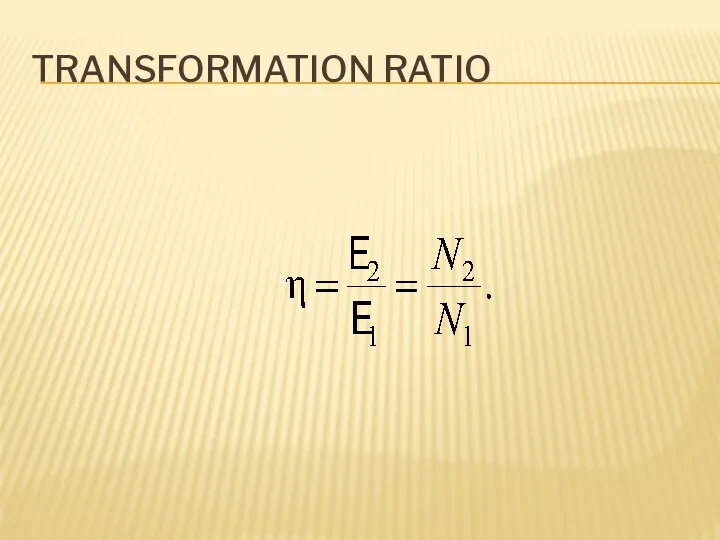
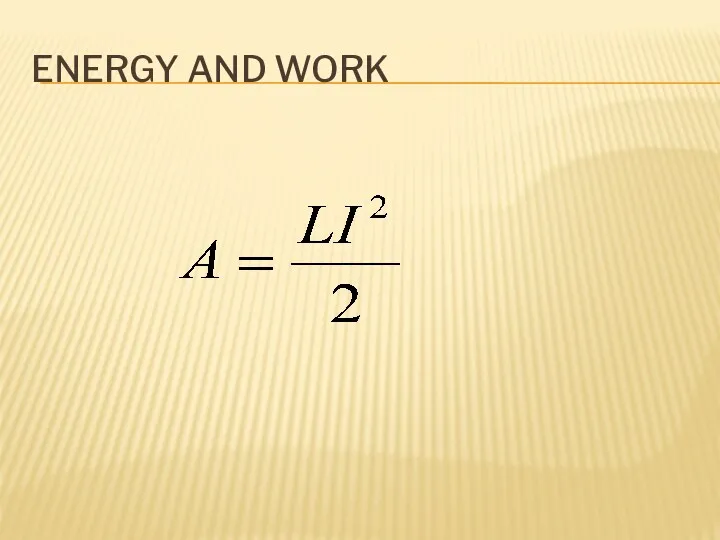
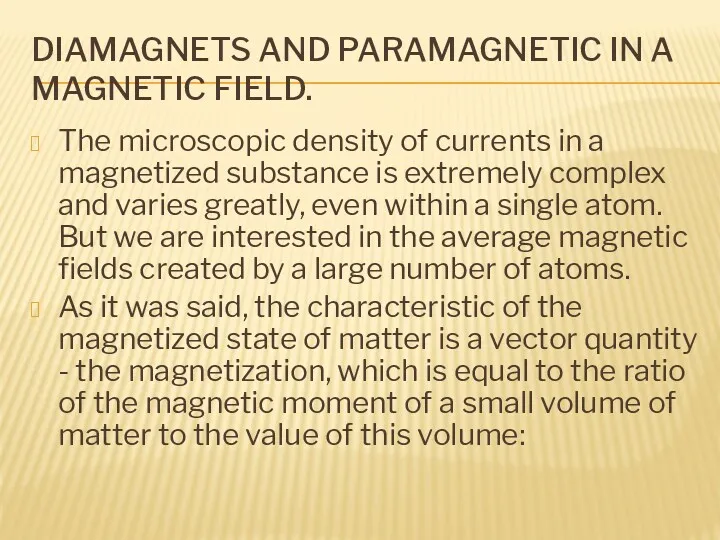
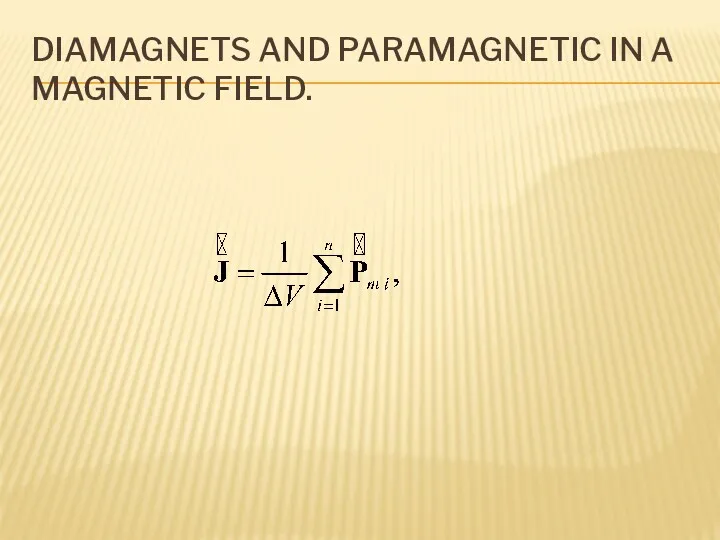
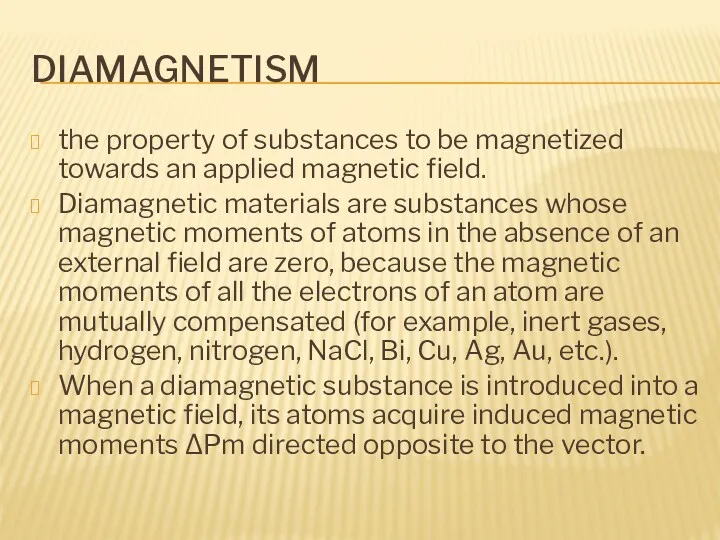
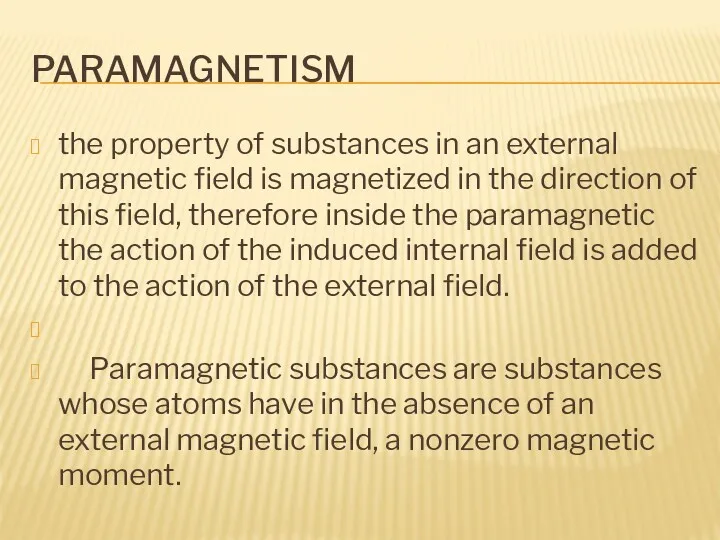
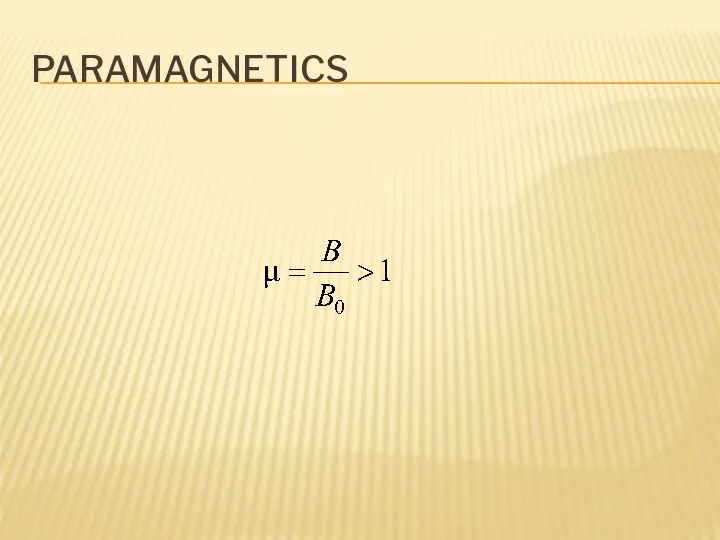
 Лекция №6 (6 ). Поле системы элементарных излучателей
Лекция №6 (6 ). Поле системы элементарных излучателей Конструкция автомобиля. Сцепление
Конструкция автомобиля. Сцепление Электромагнитные явления. Магнитное поле и его свойства. (8 класс)
Электромагнитные явления. Магнитное поле и его свойства. (8 класс) Объяснение электрических явлений
Объяснение электрических явлений Урок - повторение по теме: Электромагнитные колебания, 11 класс.
Урок - повторение по теме: Электромагнитные колебания, 11 класс. Электрический ток. Закон Ома для участка цепи. Смешанное соединение проводников
Электрический ток. Закон Ома для участка цепи. Смешанное соединение проводников Алгоритм сборки офисных перегородок 32 мм
Алгоритм сборки офисных перегородок 32 мм Подготовка к ЕГЭ по физике
Подготовка к ЕГЭ по физике Электромагнитное излучение
Электромагнитное излучение Спиновая электроника (спинтроника)
Спиновая электроника (спинтроника) Прямолинейное равноускоренное движение: мгновенная скорость, ускорение, перемещение
Прямолинейное равноускоренное движение: мгновенная скорость, ускорение, перемещение Закон Ома. Сопротивление. Что такое электрический ток?
Закон Ома. Сопротивление. Что такое электрический ток? Формирование познавательного интереса на уроках физики ,с помощью современных образовательных технологий
Формирование познавательного интереса на уроках физики ,с помощью современных образовательных технологий Работа силы Ампера. Магнитный поток. Явление электромагнитной индукции. Закон электромагнитной индукции. Правило Ленца
Работа силы Ампера. Магнитный поток. Явление электромагнитной индукции. Закон электромагнитной индукции. Правило Ленца Использование формулы плотности для нахождения массы геометрических тел (физика+геометрия)
Использование формулы плотности для нахождения массы геометрических тел (физика+геометрия) Звук. Звуковая шкала
Звук. Звуковая шкала Конструкції та міцності літальних апаратів та двигунів
Конструкції та міцності літальних апаратів та двигунів Электронная проводимость металлов. Зависимость сопротивления от температуры
Электронная проводимость металлов. Зависимость сопротивления от температуры Режущий инструмент. Основные функции. Основы теории режущих инструментов
Режущий инструмент. Основные функции. Основы теории режущих инструментов Второй и третий законы Ньютона
Второй и третий законы Ньютона Закон сохранения и превращения энергии в тепловых процессах
Закон сохранения и превращения энергии в тепловых процессах Действительный цикл. Газообмен ДВС
Действительный цикл. Газообмен ДВС Шпоночные и шлицевые соединения
Шпоночные и шлицевые соединения Физика и метод научного познания
Физика и метод научного познания Искусственная радиоактивность
Искусственная радиоактивность Презентация с анимацией к уроку в 9 классе. Лабораторная работа №1. Исследование равноускоренного движения без начальной скорости
Презентация с анимацией к уроку в 9 классе. Лабораторная работа №1. Исследование равноускоренного движения без начальной скорости Фотоэффект. Виды
Фотоэффект. Виды Истории открытий некоторых законов физики
Истории открытий некоторых законов физики